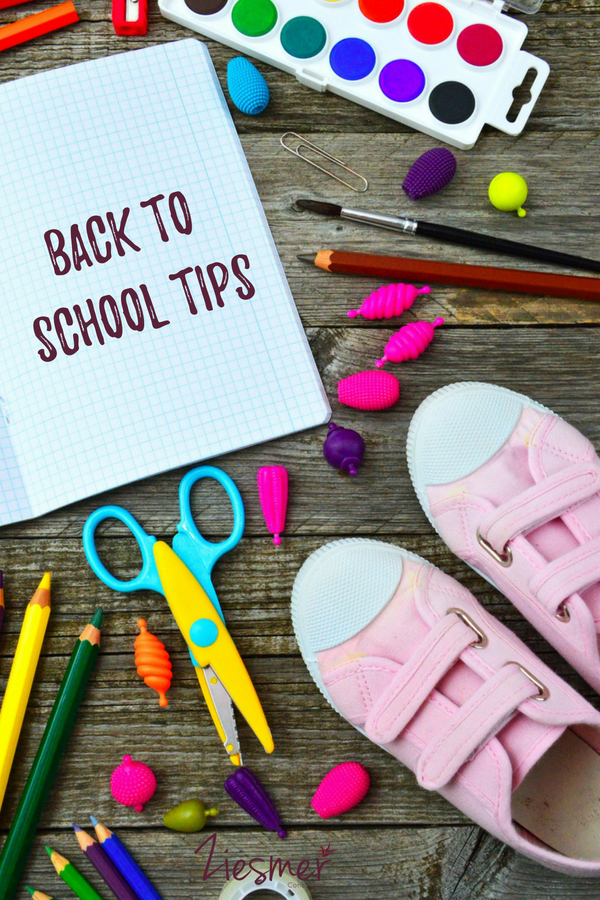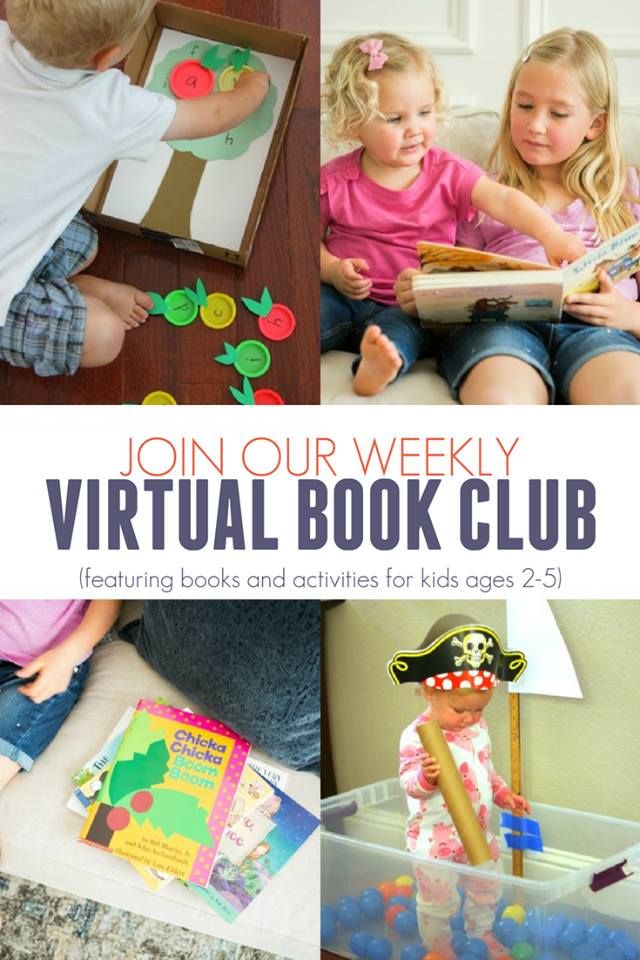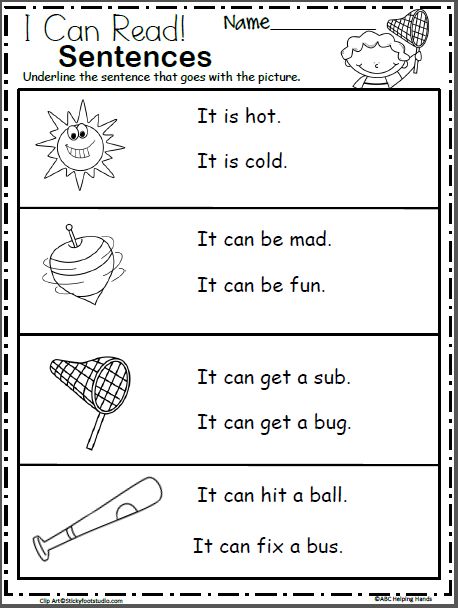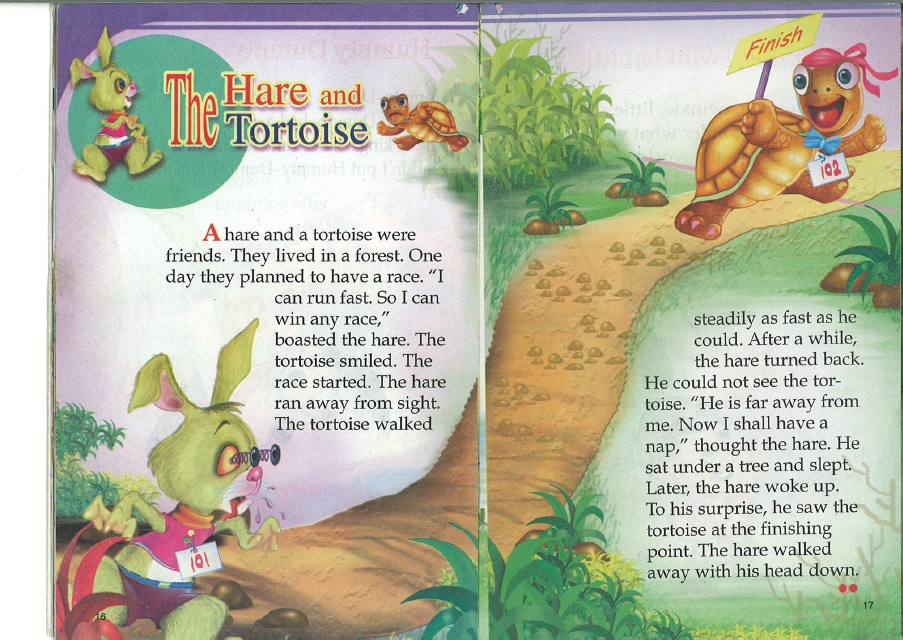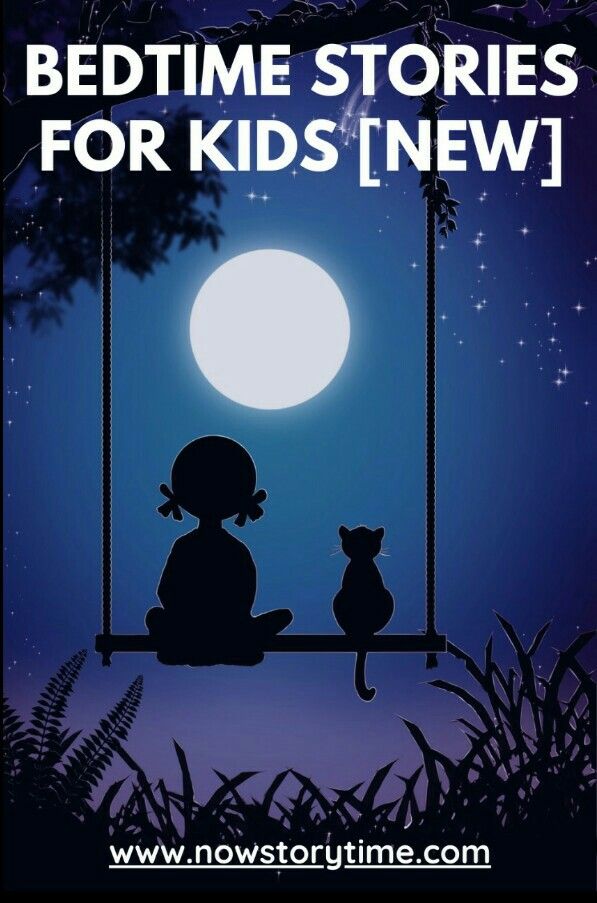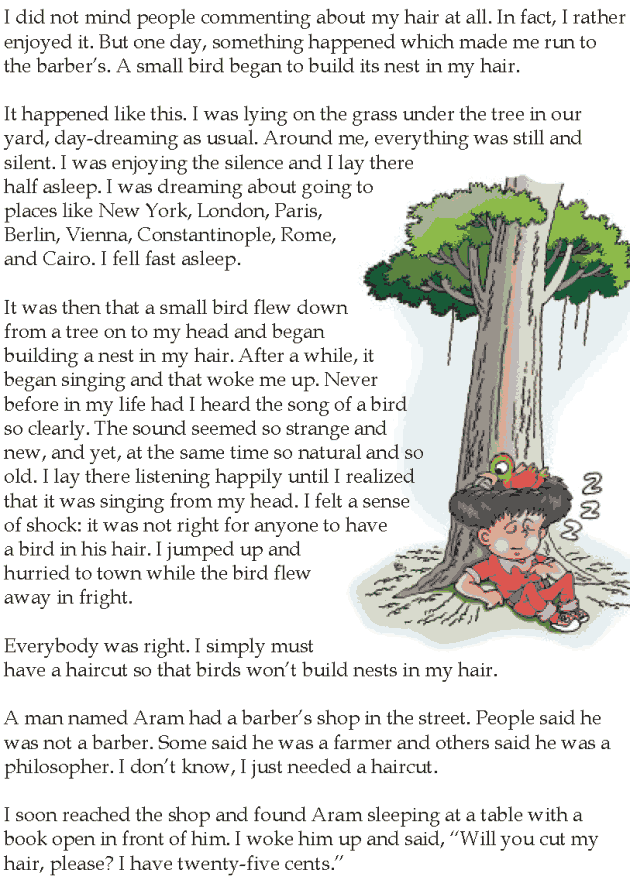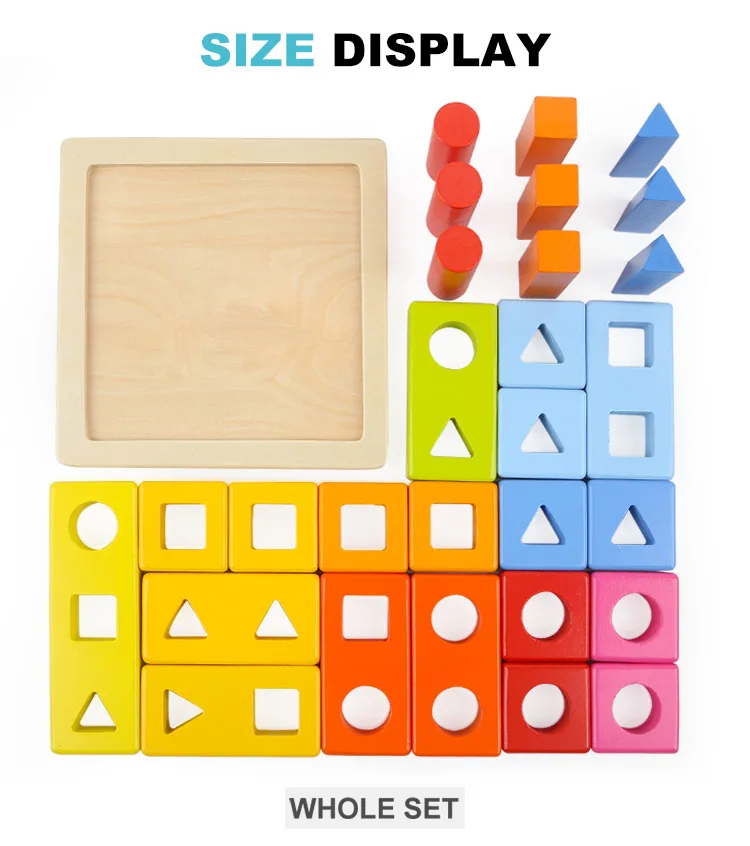Back to school children's books
Essential Back-to-School Books (About School, Friendship, Feelings, & Identity)
As your children return back to school, read these essential picture school-themed books about the first day, separation anxiety, making friends, and being yourself.
What’s wonderful about books is that they can also help you know in what area your child might need extra support. For example, nervousness about school. Or how to make friends.
Classroom teachers, you’ll love reading these books with your students.
Reading aloud back-to-school books during that busy first week of school where everyone is adjusting and learning the ropes helps build community and introduce concepts.
Since I’ve read a bazillion back-to-school books in my years as a teacher and book reviewer, I have a lot of choices to recommend.
That being said, these are my current favorites from this list:
- We Don’t Eat Our Classmates by Ryan T. Higgins
- The King of Kindergarten by Derrick Barnes
- This is the Day You Begin by Jaqueline Woodson
- Lena’s Shoes Are Nervous (A First-Day-of-School Dilemma) by Keith Calabrese
- My First Day by Phung Nguyen Quang and Huynh Kim Lien
SHOP THIS LIST
Table of Contents
- First Day
- Friendships
- Feelings & Separation Anxiety
- School
- Being True to Yourself
Picture Books About the First Day
The King of Kindergarten by Derrick Barnes, illustrated by Vanessa Brantley-Newton
Don’t miss this delightful book of positive presuppositions about the first day of school because today you’re going to be the King of Kindergarten! Rich imagery filled with hyperbole and metaphor plus captivating illustrations create a festive atmosphere filled with exuberance and bravery. I love how this story shows a sequential day filled with the many happy possibilities at school including storytime, recess, playing with new friends, and a kind teacher.
The Queen of Kindergarten by Derrick Barnes, illustrated by Vanessa Brantley-Newton
MJ is excited about her first day of school. Before she leaves, her momma tells her that she can be the Queen of Kindergarten and how being the Queen isn’t just about the tiara but it means being kind and helpful to others. At school, MJ shows kindness to her new classmates and has a wonderful first day. She’s truly the queen — and you can be a queen, too. A joyful celebration of school and kindness.
School’s First Day of School by Adam Rex, illustrated by Christian Robinson
An essential story for back to school! The janitor tells the newly built school that soon teachers and children will be coming. Which makes the school nervous. Find out what happens on the first day (yikes– a fire drill!) and how the school loves its kids.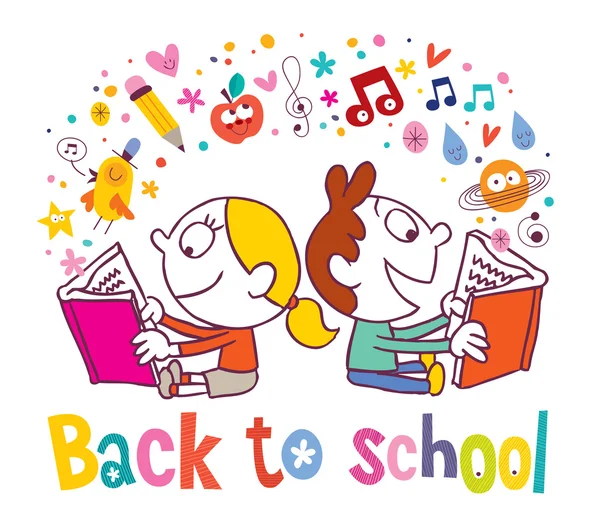
My First Day by Phung Nguyen Quang and Huynh Kim Lien
Lyrical, metaphorical writing and evocative illustrations tell the story of a young Vietnamese boy who paddles his boat through waves and a dark mangrove forest toward his first day of school. It feels a little scary, but as he forges out of the forest, the fish-filled river and colorful sky begin to feel welcoming and friendly. Soon, he arrives at school and waves hello to his classmates who are also arriving in boats.
This is the Day You Begin by Jaqueline Woodson, illustrations by Rafael López
The evocative, lyrical text with gorgeous, lush illustrations illuminates the awkwardness of a girl’s first days at school. She listens to other kids’ big stories of summer and feels like she doesn’t fit until…she finds out that maybe there she might have something in common with others after all.
Isabel and Her Colores Go to School by Alexandra Alessandri, illustrated by Courtney Dawson
Isabel doesn’t want to go to school. She experiences languages in COLORES –her native language of Spanish feels like pink, yellow, and purple while the INGLES she’s learning seem like stormy blues and blizzard whites. And at school, the colors swirl all around her as she tries to follow along even when she doesn’t understand. Ultimately, Isabel uses her COLORES to bridge the language barrier and makes a new friend.
She experiences languages in COLORES –her native language of Spanish feels like pink, yellow, and purple while the INGLES she’s learning seem like stormy blues and blizzard whites. And at school, the colors swirl all around her as she tries to follow along even when she doesn’t understand. Ultimately, Isabel uses her COLORES to bridge the language barrier and makes a new friend.
So Big! by Mike Wohnoutka
Illustrations primarily narrate the story in this meaningful picture book story with minimal text. Bear feels so big now that he’s starting school. But once he gets to school, he doesn’t feel big anymore–the school feels so big. Just when he’s very overwhelmed, a new friend takes his hand and they walk to the classroom together. Now he feels just right.
Lena’s Shoes Are Nervous (A First-Day-of-School Dilemma) by Keith Calabrese, illustrated by Juana Medina
Lena’s feeling BOTH nervous AND outgoing.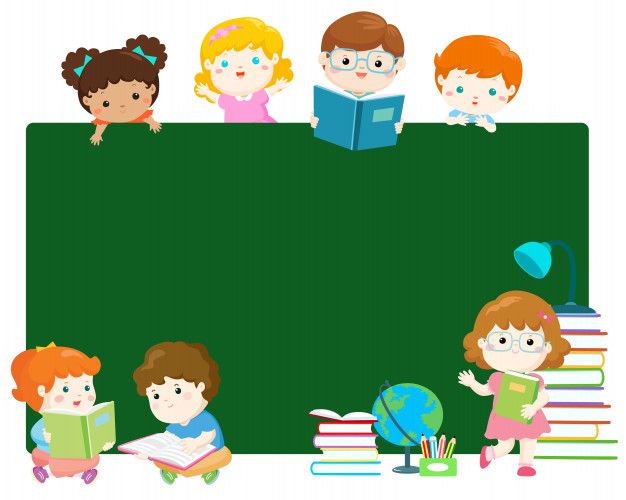 (Her shoes are nervous but her dress is outgoing.) Her dad asks questions and listens. When Lena figures out that her headband can talk to her shoes, her dad gives them space to work things out. The headband reminds the shoes of other times that they were scared and also brave and that things eventually worked out. The clothes decide to be brave and go to school with Lena.
It’s a brilliant personification story that emotionally resonates with children who are fearful of attending school.
(Her shoes are nervous but her dress is outgoing.) Her dad asks questions and listens. When Lena figures out that her headband can talk to her shoes, her dad gives them space to work things out. The headband reminds the shoes of other times that they were scared and also brave and that things eventually worked out. The clothes decide to be brave and go to school with Lena.
It’s a brilliant personification story that emotionally resonates with children who are fearful of attending school.
Truman by Jean Reidy, illustrated by Lucy Ruth Cummins
In a tender story about the first day of school from a pet tortoise’s perspective, readers get a strong sense of place and emotion as Truman worries and waits for a thousand hours for his Sarah. Just as he’s about to leave the apartment to find her, Sarah arrives home. Back in his habitat, he feels proud as Sarah reads him a story about her day at school.
I Will Be Fierce! by Bea Birdsong, illustrated by Nidhi Chanani
A little girl uses her imagination to set a positive intention for her school day. She puts on her armor and sets off to explore new worlds, taking on dragons (dogs) and walking with giants (big kids at the school bus stop), climbing the Mountain of Knowledge (library), and standing up for her beliefs (sitting with a lonely girl in the cafeteria). Today she will be the hero of her own story. What an inspiration for young girls everywhere! This picture book shows all the opportunities we have every day to be bold and brave and fierce.
She puts on her armor and sets off to explore new worlds, taking on dragons (dogs) and walking with giants (big kids at the school bus stop), climbing the Mountain of Knowledge (library), and standing up for her beliefs (sitting with a lonely girl in the cafeteria). Today she will be the hero of her own story. What an inspiration for young girls everywhere! This picture book shows all the opportunities we have every day to be bold and brave and fierce.
My New Teacher and Me by Al Yankovic
Mr. Booth does not like his student Billy’s crazy exaggerations until Billy shows his teacher that wild and crazy things might just exist in the world. Very funny.
On the First Day of Kindergarten by Tish Rabe, illustrated by Laura Hughes
Just like “On the First Day of Christmas“, follow along as one little girl tells us what’s cool about school including sliding down the slide, singing a song, running in a race, counting up to ten, making lots of friends, and riding the bus to my school.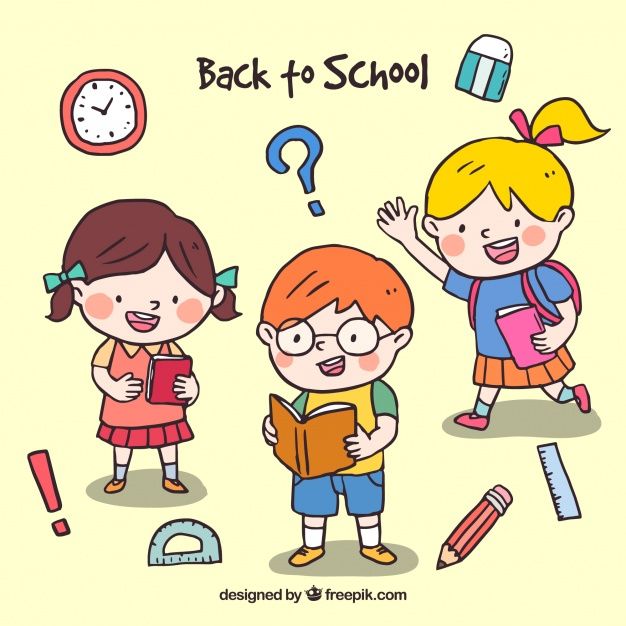
The Night Before First Grade by Natasha Wing
Natasha Wing writes all the Night Before books in the familiar rhyme of the Night Before Christmas. Look for The Night Before Preschool and The Night Before Kindergarten as well. These books are always funny and reassuring.
Mae’s First Day of School by Kate Berube
This is a familiar back to school story about a child who doesn’t want to go to school. She meets another child and a teacher who don’t want to go to school either. The three climb a tree, talk, and share cookies. Knowing each other helps them feel brave enough to go to school. The story shows that other people also feel scared…even adults. And, they go to school anyway.
Fairy’s First Day of School by Bridget Heos, illustrated by Sara Not
Fairy’s mom tells her what to expect on her first day of school.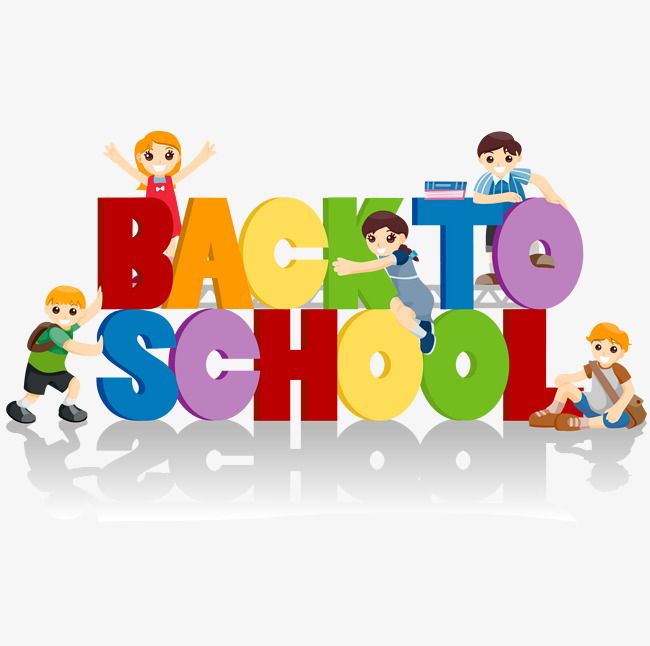 A nice teacher, other fairies, learning new things, centers like art and spells, clean up time, jobs, recess, lunchtime, and so on. Similar to a human’s first day of school, children will enjoy the fairy’s first magical day that ends with smiles and cuddles.
A nice teacher, other fairies, learning new things, centers like art and spells, clean up time, jobs, recess, lunchtime, and so on. Similar to a human’s first day of school, children will enjoy the fairy’s first magical day that ends with smiles and cuddles.
Scarlet’s Tale by Audrey Vernick, illustrated by Jarvis
Scarlet surprises her parents when she’s born with…a tail! But it’s no problem because her loving parents make sure she has a happy life and clothes that fit her tail. When Scarlet starts school, it’s a hard first day since she’s the only one with a tail but she makes friends, wagging her tail at her new friends, and wagging when she’s happy. Wagging catches on and soon everyone in her community, tail or not, is wagging. The story ends perfectly with a new baby brother who has a surprise of his own.
Back to School Books About Friendships
We Don’t Eat Our Classmates by Ryan T.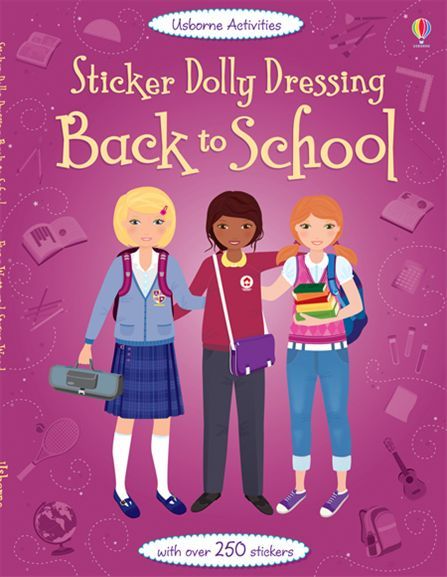 Higgins
Higgins
Funny & profound! After a rough first day at school where this little dinosaur eats her classmates, gets scolded by the teacher, spits them out, and doesn’t make any friends, Penelope’s dad explains while children might taste good, it’s not a good idea to eat them. But the next day, Penelope eats her classmates again. It’s not until the class goldfish chomps on Penelope’s finger and it HURTS that she realizes it’s not fun to be someone else’s snack. It hurts. Which gives her EMPATHY!! Now, Penelope tries to remember this valuable lesson and resist eating the other kids so she can make friends and playmates at school.
Speak Up, Molly Lou Melon by Patty Lovell, illustrated by David Catrow
Molly Lou Melon IS THE BEST! She’s responsible, loving, kind, tells the truth, and speaks up for what’s right, like stopping a classmate who teases a new student. The illustrations are absolutely perfect and filled with tons of nuanced details that add depth and humor to the story.
I Walk with Vanessa: A Story About a Simple Act of Kindness by Kerascoët
When a classmate is being bullied, what can you do? This wordless picture book shows that sometimes it’s about showing someone that they are not alone. You can do what this girl does: show kindness and walk home with a lonely, hurting person.
The Buddy Bench by Patty Brozo, illustrated by Mike Deas
At recess, some students in Miss Mellon’s class don’t have anyone to play with. Soon, other kids notice and invite those lonely kids but after recess, they wonder if there’s a better way. Miss Bellon suggests a Buddy Bench where anyone can go to wait for a friend to meet. Read this with your class and see if they can come up with their own ideas for a Buddy Bench — then actually use it.
Chopsticks by Amy Krouse Rosenthal
Chopsticks are always together. But when one chopstick gets injured, he encourages his partner chopstick to go explore the world alone.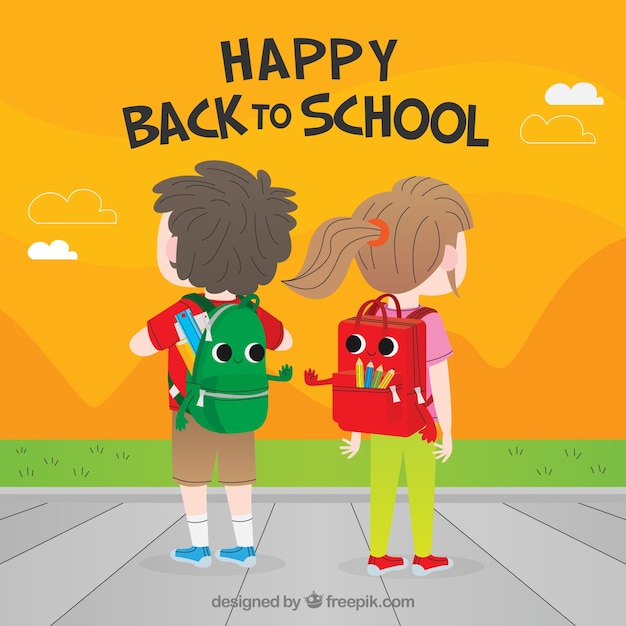 Use this metaphorical book to help children learn about friendships. It shows that friends, even when apart, can still be friends – stronger, even. Plus, it’s a punny, funny story.
Use this metaphorical book to help children learn about friendships. It shows that friends, even when apart, can still be friends – stronger, even. Plus, it’s a punny, funny story.
Clark the Shark by Bruce Hale, illustrated by Guy Francis
Clark the Shark is just too loud and too rough with his friends. And they don’t want to play with him. But he gets help from his teacher and learns how to modify his behavior so he can play, too.
Quiet Wyatt by Tammi Sauer, illustrated by Arthur Howard
For all the quiet kids in the world, this book shows that YOU matter and that you can be friends with people who aren’t like you. Wyatt’s quiet life isn’t very quiet on a class field trip when he’s paired with Noreen — his exact opposite. In a hilarious contrast of personalities, Noreen talks non-stop and trailblazes right into trouble. Luckily, Wyatt is an excellent ninja so he can save Noreen from the rock slide.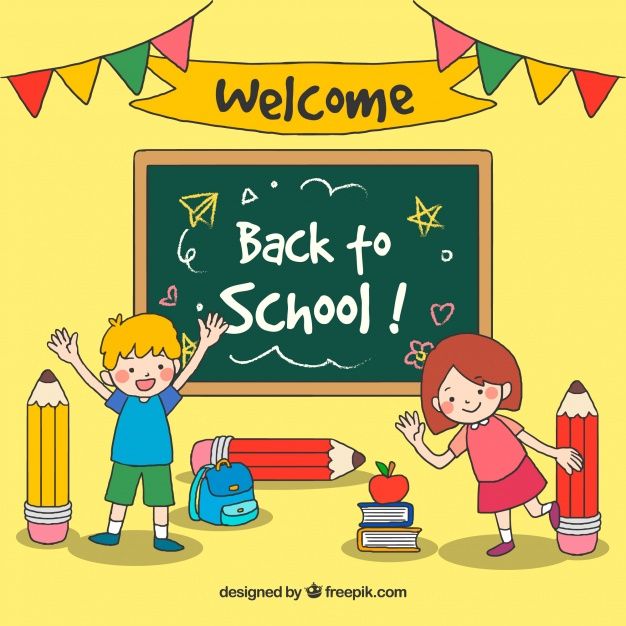 “Wyatt smiled. Quietly of course. / He still liked quiet. // He also liked having a friend.“
“Wyatt smiled. Quietly of course. / He still liked quiet. // He also liked having a friend.“
Carrot and Pea by Morag Hood
This simple book of friendship shows that our uniquenesses add value to our friendships. Lee is a pea who has a lot of pea friends as well as a carrot friend named Colin. Even though Colin can’t roll or bounce like the peas, he makes an excellent tower, bridge, and slide, something his pea friends like.
Want to Play Trucks? by Ann Stott, illustrated by Bob Graham
Jack likes big trucks. Alex likes dolls. When they meet at the sandbox to play, they’ll play dolls that drive trucks. When they get into a fight about dolls in tutus driving a crane, they work it out. Although they both like different things, these friends also have other things in common — playing together and eating ice cream.
When Charley Met Emma by Amy Webb, illustrated by Merrilee Liddiard
When Charley feels different, his mom teaches him that “Different isn’t weird, sad, bad, or strange. Different is different. And different is OK!” After he hurts Emma’s feelings, he apologizes and asks Emma questions. Emma helps Charley know that even though she’s a little “differenter” than he is, she’s a lot the same, too. For example, Emma likes to play on the playground, swing, play tag, and just like Charley, she likes to draw! This compassionate story shows the importance of accepting (physical) disabilities with kindness and openheartedness.
Different is different. And different is OK!” After he hurts Emma’s feelings, he apologizes and asks Emma questions. Emma helps Charley know that even though she’s a little “differenter” than he is, she’s a lot the same, too. For example, Emma likes to play on the playground, swing, play tag, and just like Charley, she likes to draw! This compassionate story shows the importance of accepting (physical) disabilities with kindness and openheartedness.
How to Apologize by David LaRochelle, illustrated by Mike Wohnoutka
Use this gentle, instructive guidebook to teach children about apologizing. It gives readers examples of what not to do (don’t make excuses) and what to do (be sincere). The examples show animals acting out apologies and because most of them aren’t good apologies, end up being quite funny. (One not-sincere example is, “Mom told me I had to apologize for putting your doll in the fishbowl or I can’t go outside and play baseball.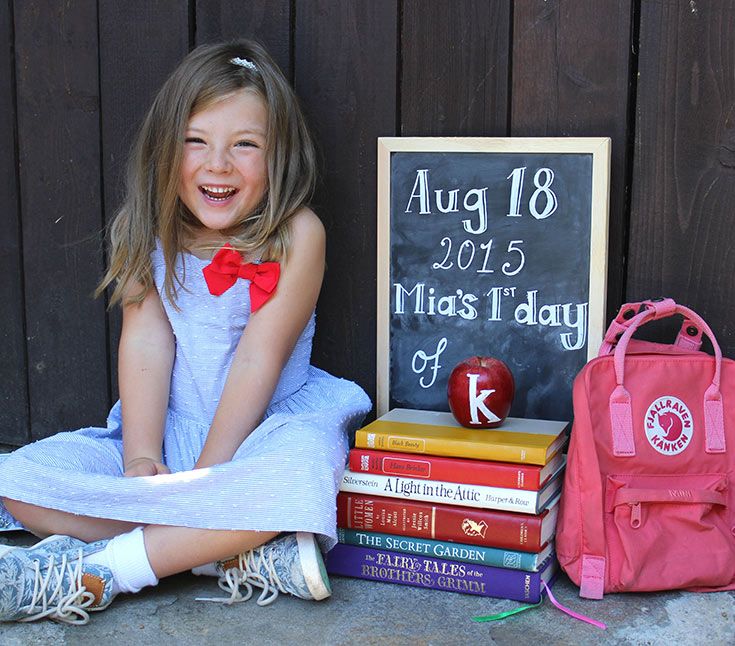 So I’m sorry.“) Excellent.
So I’m sorry.“) Excellent.
Growing Friendships: A Kids’ Guide to Making and Keeping Friends by Dr. Eileen Kennedy-Moore and Christine McLaughlin
This isn’t a picture book but a guidebook that gives children ages 6 – 12 in elementary grades the tools and strategies to improve their friendships and relationships with other kids. The cartoon illustrations depict real-life examples of social skills in practice which are very relatable and realistic, sometimes even humorous.
Little Girls Can Be Mean by Michelle Anthony, Ph.D. and Reyna Lindert, Ph.D.
Did you know that it’s a girl’s best friend who can be her worst enemy and bully? I learned so much to help my kids be empowered in their relationships. This book really helped us in my children’s elementary grades. ***Full review of Little Girls Can Be Mean on Imagination Soup here.
Books About Big Feelings & Separation Anxiety
Lena’s Shoes Are Nervous (A First-Day-of-School Dilemma) by Keith Calabrese, illustrated by Juana Medina
Lena’s feeling BOTH nervous AND outgoing.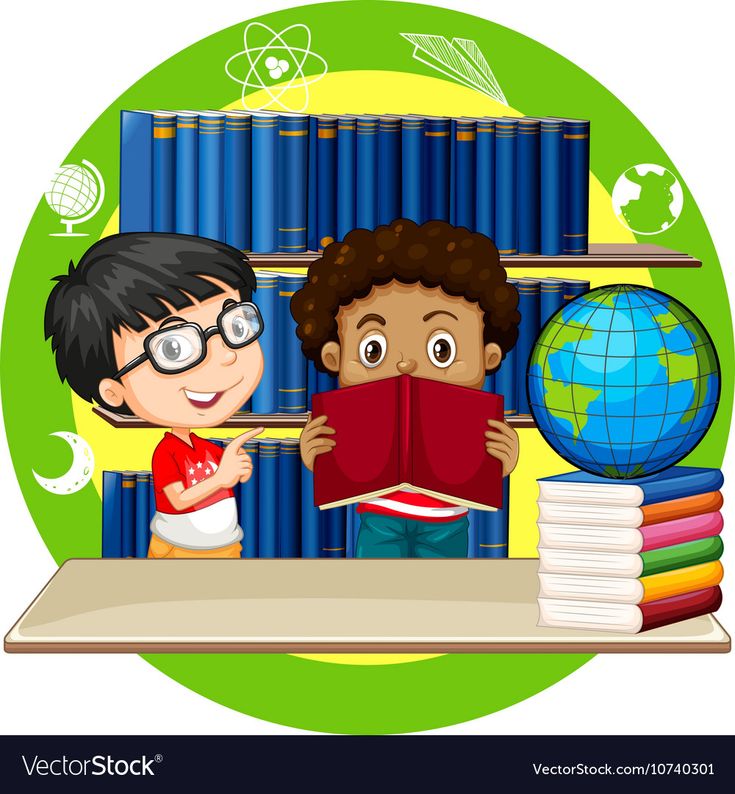 (Her shoes are nervous but her dress is outgoing.) Her dad asks questions and listens. When Lena figures out that her headband can talk to her shoes, her dad gives them space to work things out. The headband reminds the shoes of other times that they were scared and also brave and that things eventually worked out. The clothes decide to be brave and go to school with Lena. It’s a brilliant personification story that emotionally resonates with children who are fearful of attending school.
(Her shoes are nervous but her dress is outgoing.) Her dad asks questions and listens. When Lena figures out that her headband can talk to her shoes, her dad gives them space to work things out. The headband reminds the shoes of other times that they were scared and also brave and that things eventually worked out. The clothes decide to be brave and go to school with Lena. It’s a brilliant personification story that emotionally resonates with children who are fearful of attending school.
A New School Year: Stories in Six Voices by Sally Derby, illustrated by Mika Song
Relatable and heart-warming with emotion, read the poems of six students all about the first day of the year. Use this to reassure your kids that it’s normal to feel both worried and excited about new things and that you never know what can happen on your first day.
The Kissing Hand by Audrey Penn
A heart-warming story that will start the tradition of exchanging kisses on your palms before you send your kids off to school.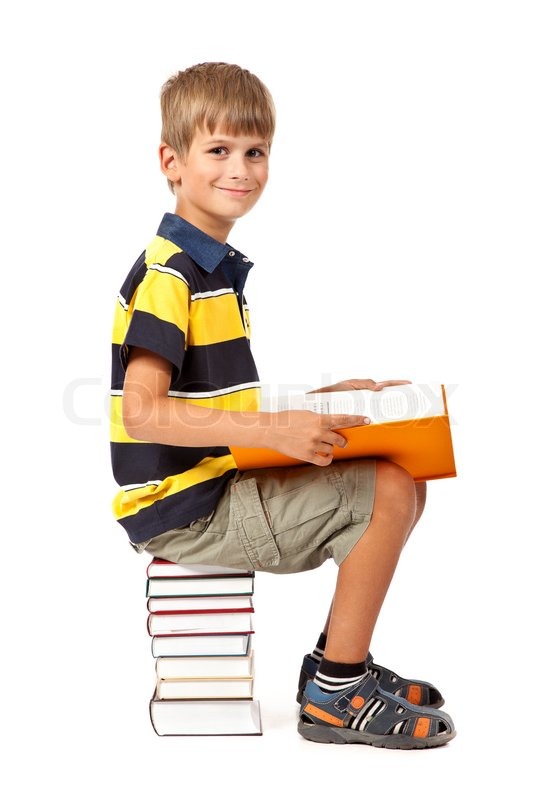 If you’re like me, you’ll try not to cry reading this book or when you send your child off to school with palm kisses because it’s so sweet.
If you’re like me, you’ll try not to cry reading this book or when you send your child off to school with palm kisses because it’s so sweet.
First Day Jitters by Julie Danneberg
Sarah doesn’t want to go to kindergarten. But what a surprise when we discover that Sarah is the teacher, not the student. Perfect for kindergarten kids…or any early elementary age.
Pete the Cat Rocking in My School Shoes by Eric Litwin and James Dean
I love this picture book and the song that goes with it. Get excited about attending school and learn not to worry …because it’s all good.
It’s Time for School, Stinky Face by Lisa McCourt
“What if . . . a spaceship lands on the playground?” Most kids can relate to all the what-ifs of a new situation and ultimately find this story reassuring for even the biggest worriers.
Love by Corrinne Averiss, illustrated by Kirsti Beautyman
Literal strings of love connect the little girl named Tess to her mom as she starts school…then she’s amazed to see the new strings that connect her to new friends. Tess learns that her strings may stretch or tangle but it will never truly break.
Back to School Picture Books About School
This is a School by John Schu, illustrated by Veronica Miller Jamison
This Is A School sets the tone for a positive, dynamic, and welcoming community of learners in a school building. School is a community where questions are welcome, failures are expected, strengths are seen, growth is celebrated, and “we are all important.” Written by passionate educator, John Schu, he uses deliberate words carefully chosen to convey meaning and playfulness. Illustrated by Veronica Miller Jamison, the artwork excels in bringing the people and the building to life with vibrant, evocative illustrations.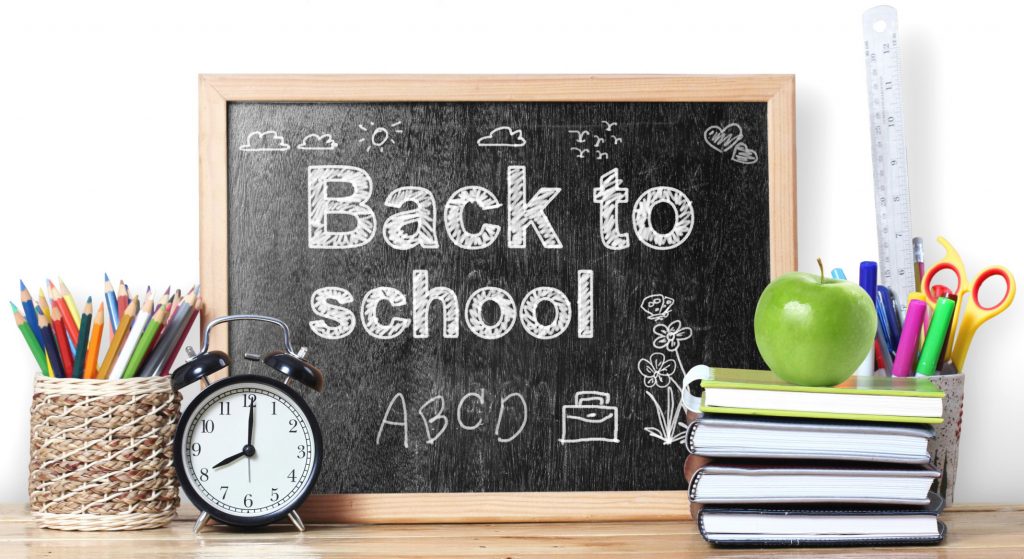
It’s Time for Preschool! by Esme Roji Codell, illustrated by Sue Rama
Read about all the things that happen at preschool including Time for Preschool, Circle Time, Sharing Time, Manners, Fire Drill, Thinking-about-Home Time, Time for Friends, Nap Time, Field Trip Time, Time to Make Stuff, Clean-up Time, Time to Go Home.
Wombat Goes to School by Jackie French and Bruce Whatley
This wombat narrates all about his first day of school in simple text paired with illuminating illustrations. His experience is so funny plus you’ll love the wombat’s charming personality.
Sounds Like School Spirit by Meg Fleming, illustrated by Lucy Ruth Cummins
Of all the books on this list, this rhythmic picture book BEGS to be read out loud so that students can chant along with the call and responses! It’s time for school and every part of the day is exciting.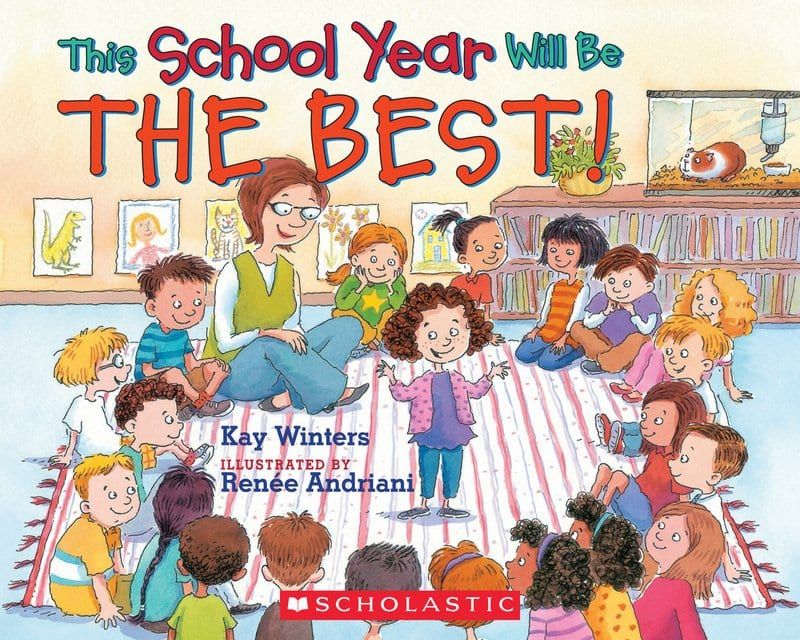 For example, “We say NAME, you say TAG,…NAME! TAG! NAME! TAG!” Travel through the school day with desks, chairs, carpets, squares, gym, friends, lunch, and so much more. An exuberant celebration of school!
For example, “We say NAME, you say TAG,…NAME! TAG! NAME! TAG!” Travel through the school day with desks, chairs, carpets, squares, gym, friends, lunch, and so much more. An exuberant celebration of school!
Just Be Yourself Dragon by Bianca Shultze, illustrated by Samara Hardy
Another interactive story about our favorite Dragon! It’s time for Dragon’s first day of school. Readers can help Dragon to feel brave and remind her to “just be herself”. Readers might relate to the experience of feeling nervous and what better activity for that than to help a friend with their nerves too? There are lots of new things and even some mistakes but Dragon makes friends at lunchtime by helping kids make grilled cheese sandwiches! It’s a great first day!
Second Grade Holdout by Audrey Vernick, illustrated by Matthew Cordell
First grade was great but second grade is going to be horrible. Especially after this boy’s sister and friend tell him exactly how awful it will be. So why not just stay in first grade? But don’t worry, the boy’s sister and her friend invented all the bad stuff and eventually reveal that second grade is really great. Another funny back to school story from Audrey Vernick that 2nd graders will enjoy. (Also read: First Grade Dropout.)
Especially after this boy’s sister and friend tell him exactly how awful it will be. So why not just stay in first grade? But don’t worry, the boy’s sister and her friend invented all the bad stuff and eventually reveal that second grade is really great. Another funny back to school story from Audrey Vernick that 2nd graders will enjoy. (Also read: First Grade Dropout.)
Dog Days of School by Kelly DiPucchio, illustrated by Brian Biggs
Charlie doesn’t like school. Surprisingly, after wishing he were a dog, he becomes a dog and his dog becomes a person. Charlie’s dog goes to school, builds with blocks, and plays kickball while Charlie watches the leaves fall, drinks from the toilet, and goes to the groomer. It’s super funny — and kids will enjoy (and possibly predict) the ending.
The Teacher’s Pet by Anica Mrose Rissi, illustrated by Zachariah Ohora
Mr. Stricter’s class is dismayed when their tadpole turns into a hippopotamus who is NOT a good classroom pet, despite what clueless Mr. Stricter thinks. The students must figure out some way to convince Mr. Stricter that all the destruction and chaos are not okay. Then to make matters worse, the hippo EATS Mr. Stricter. Now, what will the kids do? Kids will love this hilarious school story.
Stricter thinks. The students must figure out some way to convince Mr. Stricter that all the destruction and chaos are not okay. Then to make matters worse, the hippo EATS Mr. Stricter. Now, what will the kids do? Kids will love this hilarious school story.
All Are Welcome by Alexandra Penfold, illustrated by Suzanne Kaufman
Rhyming text shows a welcoming, safe, diverse classroom where children learn, play, and are creative. “All are welcome here,” repeats the refrain. I love the illustrations that convey so much diversity — for cultures and skin colors — as well as an engaged community of learners. This is an essential back-to-school picture book read aloud for preschool and early elementary.
Here Comes Teacher Cat by Deborah Underwood, illustrated by Claudia Rueda
Cat is a reluctant substitute teacher. The narrator writes his conversation to Cat and Cat communicates back to the narrator through picture signs.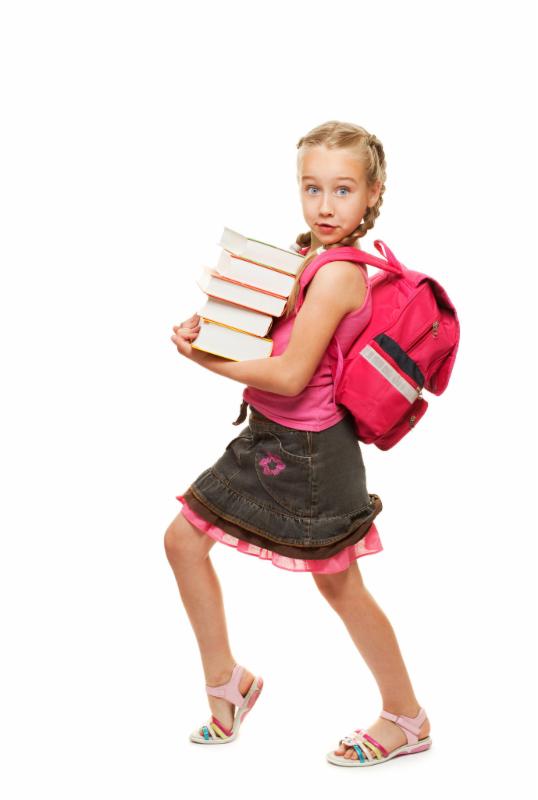 Because Cat would rather sleep than be a sub. However, no one else can help out so Cat must teach kitty school. And surprisingly, Cat does a great job! This is a wonderful read aloud the day before a substitute teacher will be teaching.
Because Cat would rather sleep than be a sub. However, no one else can help out so Cat must teach kitty school. And surprisingly, Cat does a great job! This is a wonderful read aloud the day before a substitute teacher will be teaching.
Seven Rules You Absolutely Must Not Break If You Want to Survive the Cafeteria by John Grandits, illustrated by Michael Allen Austin
Kyle’s friend Ginny warns him about both eating the cafeteria food and the RULES. She gives him seven must-follow rules for surviving the cafeteria. Of course, Kyle accidentally breaks every single one of them and it’s hilarious. But, don’t worry. It all works out for Kyle and he learns a very valuable lesson at the end of this giggle-worthy back-to-school book, perfect for upper elementary ages.
Dear Substitute by Liz Garton Scanlon and Audrey Vernick, illustrated by Chris Raschka
Everything is wonky at school today because there’s a substitute who doesn’t know what to do.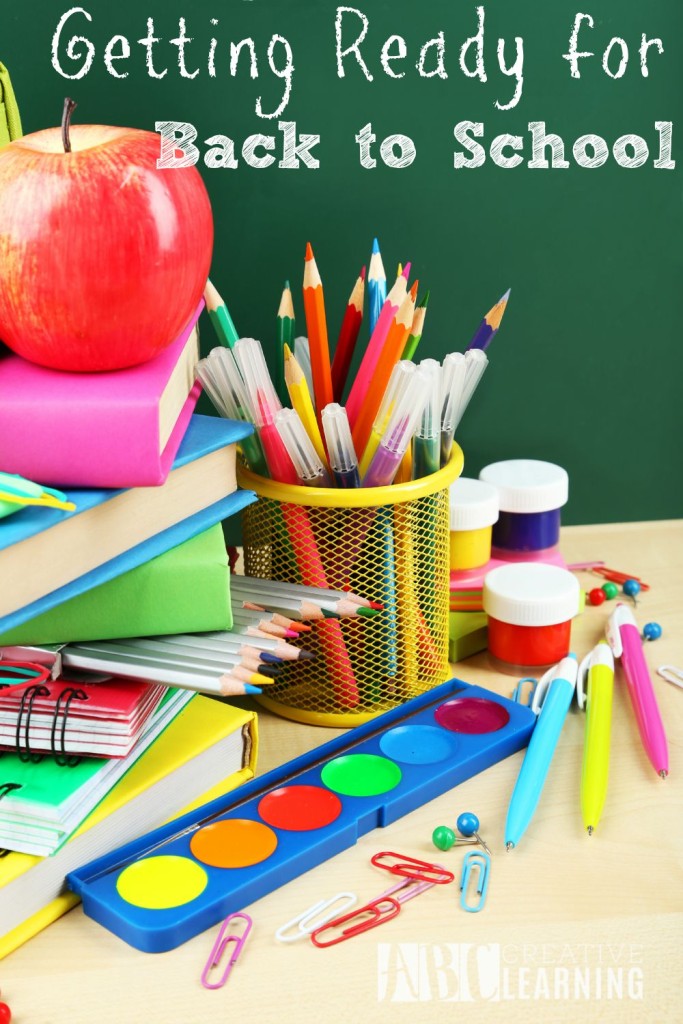 Letters throughout the day show the student struggling with the unexpected changes but eventually enjoying the read-aloud book and poetry writing. The message of giving things a chance is a good reminder. Raschka’s bold, colorful illustrations add texture to these lyrical letters.
Letters throughout the day show the student struggling with the unexpected changes but eventually enjoying the read-aloud book and poetry writing. The message of giving things a chance is a good reminder. Raschka’s bold, colorful illustrations add texture to these lyrical letters.
Hello, School by Priscilla Burris
Get excited about school! School is a friendly, welcoming place with a kind teacher, friends, a place for your things, and a place for you.
Books About Being True To Yourself
More Than Fluff by Madeline Valentine
This story reinforces that we shouldn’t let other people define who we are and that it’s okay to set boundaries with other people. Daisy is annoyed that people squeeze, pet, and kiss her. And she doesn’t like it. “I’m not just. fluff…I have substance!” She finally tells people how she feels (nicely). For example, sometimes she wants personal space and no hugs.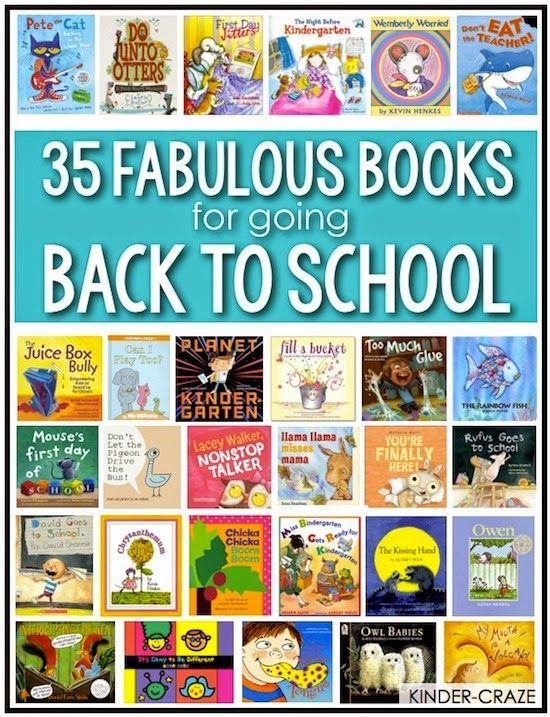 Instead of hugs, she suggests that her friends can give her wing bumps, tail bumps, super-secret handshakes. And her friends learn to give her some space when she wants it. And she learns to do the same for them.
Instead of hugs, she suggests that her friends can give her wing bumps, tail bumps, super-secret handshakes. And her friends learn to give her some space when she wants it. And she learns to do the same for them.
Sweety by Andrea Zuill
Sweety is a unique naked mole-rat. Her classmates don’t really “get” her at all. But Sweety’s Aunt Ruth understands Sweety and her hobbies, encouraging Sweety to be true to herself. Sweety wonders if there is a secret handshake for any other people who might understand her. For now, she continues to be true to herself. Because being Sweety is awesome. And you never know when someone else who is awesome might come along, too!
Exclamation Mark by Amy Krouse Rosenthal
It’s not easy when you’re not like everyone else. Sometimes when this happens, we squish ourselves to fit in. We shrink. Twist. Bend. Until–! — a friend shows us a way of being with endless possibilities.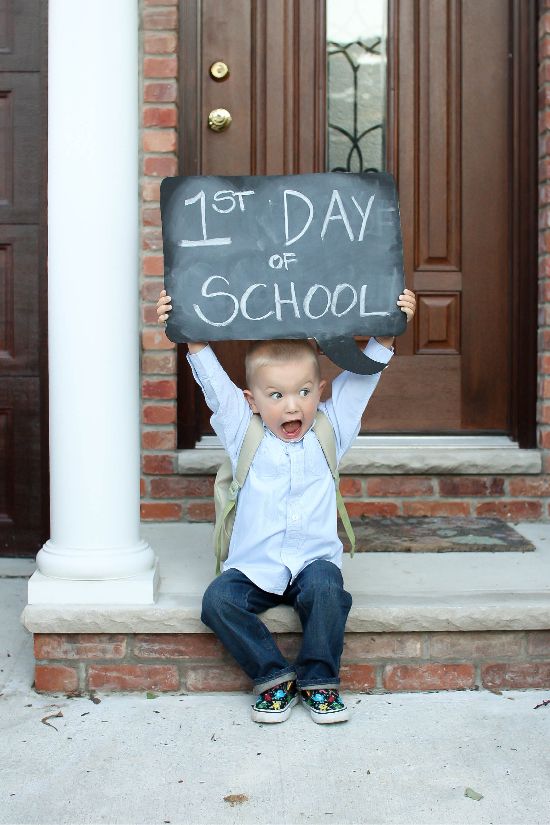 In this bold and highly visual book, an emphatic but misplaced exclamation mark learns that being different can be very exciting! Period.
In this bold and highly visual book, an emphatic but misplaced exclamation mark learns that being different can be very exciting! Period.
Your Name Is a Song by Jamilah Thompkins-Bigelow, illustrated by Luisa Uribe
A beautiful, beautiful story that helps a little girl find the song in her own name. When her teacher can’t say her name, a boy looks scared when she says her name, or the kids at recess say her name sounds made up, Kora-Jalimuso’s momma helps her notice and feel the heart, the beat, the love, in all people’s names, including Kora-Jalimuso’s own name. Her wise momma encourages Kora-Jalimuso to see that names are the songs of dreamers; names like Lamika, Ta’jae, and Ahlam. Kora-Jalimuso returns to school with bravery and confidence…then she shows everyone, including her teacher, how to sing her name correctly…KO-raj DJAAAA-lee-MOOOO-so.
How to be a Lion by Ed Vere
Leonard is a gentle lion who loves to feel the sun warm his back, think, daydream, and write poetry. When the other lions mock Leonard’s behavior choices (he is not fierce and doesn’t eat duck!), Leonard shows them there is another way. He and his friend Marianne express their thoughts in a poem about the many ways to be a lion. Red and orange colored illustrations set a peaceful, compassionate tone.
When the other lions mock Leonard’s behavior choices (he is not fierce and doesn’t eat duck!), Leonard shows them there is another way. He and his friend Marianne express their thoughts in a poem about the many ways to be a lion. Red and orange colored illustrations set a peaceful, compassionate tone.
Sarabella’s Thinking Cap by Judy Schachner
Sarabella’s mind is filled with her wonderful imaginings. When her teacher assigns the class homework to draw their favorite daydream, Sarabella thinks of so many things. To show her class all the things, she makes her daydreams into a spectacular hat. This is a great example of the creativity in divergent brains, I’m specifically thinking of children with ADHD.
We’re All Wonders by R.J. Palacio
Simple and heartfelt, Aggie shares that he’s just like everyone else even if he doesn’t look like other people. It hurts his feelings when people point and laugh so his strategy is to put on his helmet, blast off into space, and get a bigger perspective. He sees that the Earth is full of lots of different people, each of them = wonders. In fact, he is a wonder, too. “Look with kindness and you will always find wonder.“
He sees that the Earth is full of lots of different people, each of them = wonders. In fact, he is a wonder, too. “Look with kindness and you will always find wonder.“
Antoinette by Kelly DiPucchio, illustrated by Christian Robinson
Antoinette hasn’t found what she’s good at, not like her brothers. “Chin up,” her mom tells her. When her friend, Ooh-La-La, chases after a butterfly and disappears, no one else can find her. Except for Antoinette. Brave Antoinette follows her heart and her nose! What an encouraging message to kids who are still searching for their unique gifts.
How to Support Introverted Children at Home & in the Classroom
Best Children’s Picture Books About Feelings
Best Book Series for Ages 6 to 12
Diverse Picture Books for the First Day of School
Picture Books for the First Day of School
All Are Welcome by Alexandra Penfold
Send a message to your students that everyone is welcome, no matter their race, religion, gender, culture or background.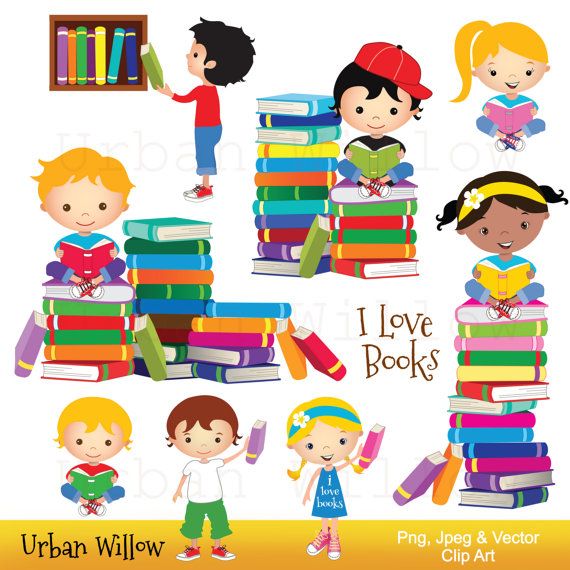
Use this book on the first day of school to discuss inclusion, kindness, empathy, acceptance and community.
Amazon
ACTIVITIES
Be Big!: Beatrice's First Day of First Grade by Katie Kizer
Beatrice loves wearing a blue tutu but is afraid to be herself when she starts first grade. Benjamin, the butterfly, helps her face her fears, be brave, and be big. Use this book at the beginning of a new school year to help students feel welcome and be themselves.
Amazon
Becoming Vanessa by Vanessa Brantley-Newton
Vanessa wears her fanciest outfit on her first day of school. The reaction from her new classmates to her bold clothes makes her feel self-conscious. This feeling increases when she tries to write her long name. She complains to her mother, who tells her why she is called Vanessa. This gives her the confidence to find a common bond and make new friends.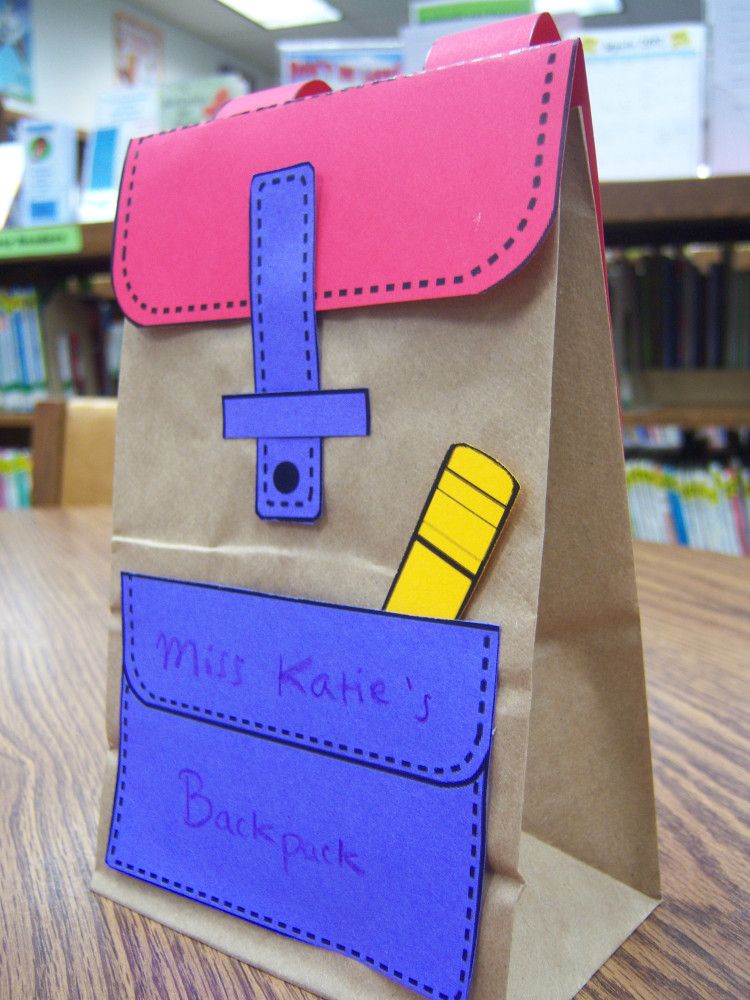
Promotes discussions on self-esteem, individuality, identity, making friends, and self-expression.
Amazon
The Buddy Bench by Patty Brozo
A compassionate group of children encourage their teacher to let them build a buddy bench. They understand that some children find the playground a lonely place. Promotes kindness, empathy, loneliness and making friends.
Amazon
Chrysanthemum by Kevin Henkes
The first of two books for the first day of school by Kevin Henkes. Chrysanthemum loves her name, but she gets teased for its uniqueness on her first day of school. When her music teacher reveals she is naming her baby Chrysanthemum, everyone wants to change their name to a flower.
Promotes identity, friendships and self-management.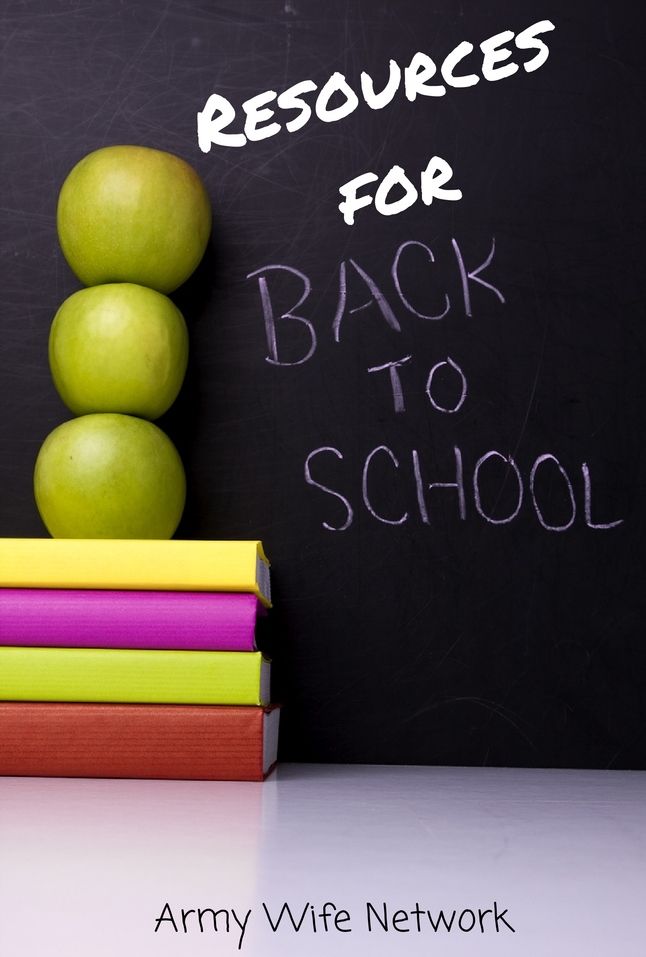
Amazon
ACTIVITIES
Chu's First Day of School by Neil Gaiman
Chu is nervous about his first day of school. He freezes when he has to introduce himself to his classmates. When he sneezes, everyone laughs, and they learn why the panda is called Chu.
Amazon
The Colour of Home by Mary Hoffman
When Hassan and his family are forced to move to England because of war, he feels lonely and out of place. He finds his new environment cold and grey compared to his colourful life in Somalia. Hassan feels more settled as he makes new friends and begins to appreciate the colours of his new home.
Promotes a sense of community, creativity and resilience.
Amazon
The Cool Bean by Jory John
Of four beans in a pod, three are super cool. The fourth beans feel inferior because it doesn't feel it is special.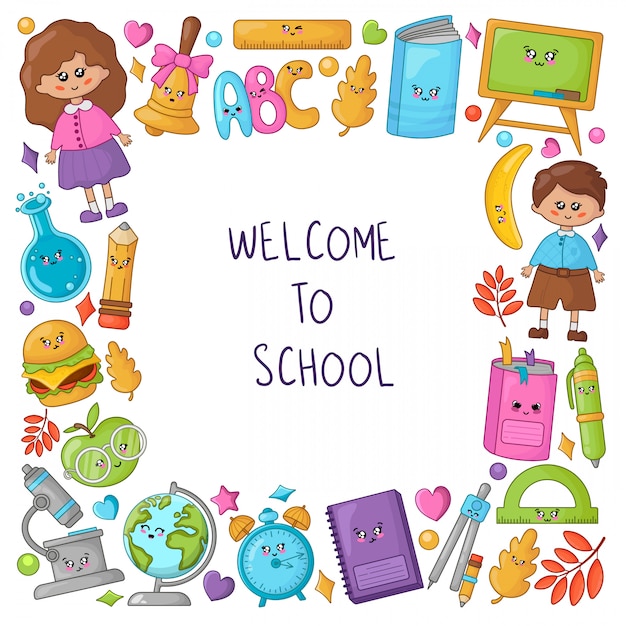 It starts to notice that what makes these beans cool is their kindness towards others. The fourth bean changes its outlook when it learns no gesture is too small when done in kindness.
It starts to notice that what makes these beans cool is their kindness towards others. The fourth bean changes its outlook when it learns no gesture is too small when done in kindness.
Promotes discussions on school life, kindness, isolation and self-esteem.
Amazon
Daddy Long Legs by Nadine Brun-Cosme
A worried child questions his father about being picked up from school. His father gives ever creative answers to his son's continuing questions until he gives one that satisfies. Promotes independence, thinkers, fears, and social and emotional learning.
Amazon
The Day I Became a Bird by Ingrid Chabbert
On his first day of school, a young boy falls in love with Sylvia, who sits in front of him. While she is all he can see, Sylvia only has eyes for birds. The boy comes to school dressed up as a bird to get Sylvia's attention. Ignoring the giggles of his classmates, he is thrilled when Sylvia finally sees him.
Ignoring the giggles of his classmates, he is thrilled when Sylvia finally sees him.
This translated book promotes discussions on personal interests, self-discovery, self-expression, and social skills.
Amazon
The Day You Begin by Jacqueline Woodson
The Day You Begin considers the difficulty of entering a room where you don’t know anyone. In these situations, we are “an only” until we share our personal stories. Woodson reminds us that we are all outsiders, and it takes courage to be ourselves.
Read to promote discussions on empathy, identity, growth mindset, open-mindedness, relationship skills, self-awareness and self-esteem.
Amazon
ACTIVITIES
I Don’t Want to Go to School by Stephanie Blake
Simon reluctantly goes to school after much debate with his parents. Once there, he meets new friends and has so much fun he doesn't want to go home when his mother picks him up.
Once there, he meets new friends and has so much fun he doesn't want to go home when his mother picks him up.
Amazon
The Dot by Peter H. Reynolds
An art teacher encourages Vashti to make a mark, a dot, prompting Vashti to create a wide range of dot paintings. She displays her work at the school art show and inspires a young boy to make his own unique mark.
Amazon
ACTIVITIES
Edda: A Little Valkyrie's First Day of School by Adam Auerbach
When Edda, the littlest Valkyrie, leaves her home in Asgard to start school, she feels different. She remembers that the Valkyrie are brave and she uses her courage to make new friends.
Amazon
A Fine, Fine School by Sharon Creech
A well-meaning principal learns that learning outside of school can be as important as being in school.
Reinforces themes of self-management, balance, well-being and enthusiasm.
Amazon
Going to School by Rose Blake
An introduction to school for young children. Follow a group of friends getting to and from school and following their daily routine, including classroom activities, playtime, storytime and the food they eat.
Amazon
I Got the School Spirit by Connie Schofield-Morrison
Feel the positivity and enthusiasm as a young girl starts school. She shows empathy to students struggling with first-day nerves and makes new friends. Told in the first person, the girl shows how fun and exciting school can be, especially if you have a positive mindset.
Promotes self-esteem, a growth mindset, self-confidence, enthusiasm, empathy, curiosity, and relationship skills.
Amazon
How to Read a Book by Kwame Alexander
A young boy shares how he reads a book starting with finding an enjoyable story. He then finds a reading buddy before finding a comfortable reading spot.
He then finds a reading buddy before finding a comfortable reading spot.
Promotes word choice, perseverance, enthusiasm, open-mindedness and communication.
Amazon
The Invisible Boy by Trudy Ludwig
Brian struggles to make himself stand out. When he befriends a new student from Korea, she helps him grow in confidence and feel less invisible.
Promotes themes of loneliness, kindness and relationship skills.
Amazon
ACTIVITIES
TIslandborn by Junot Diazitle
Lola collects memories of the Caribbean island where she was born. She finds out about music, beaches, sweet mangoes, a colourful environment and destructive forces. These tales help Lola feel pride in her heritage.
Reinforces themes of belonging, identity, immigration and inquiry.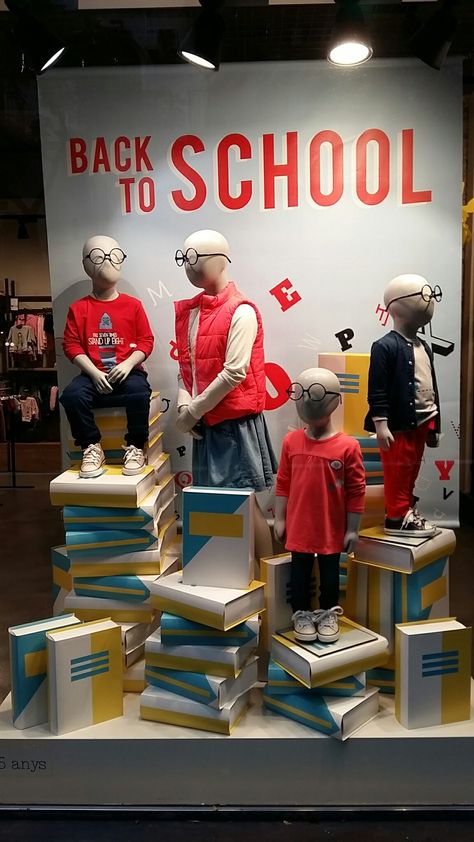
Amazon
The King of Kindergarten by Derrick Barnes
A young boy is ready for Kindergarten. He meets new friends and takes part in many new experiences. He enthusiastically tells his parents about his day and how he can’t wait for the next day.
Amazon
Lailah's Lunchbox: A Ramadan Story by Reem Faruqi
Lailah and her family have emigrated to a new country, and she has to start at a new school. She is excited to participate in the upcoming Ramadan fast but worries about the reaction of her new classmates.
Amazon
Lila and the Crow by Gabrielle Grimard
Lila's dark skin, hair and eyes make her stand out at her new school. She is bullied and likened to a crow. She embraces who she is at the autumn festival costume party and dressed as a crow.
Promotes self-acceptance, self-awareness, discrimination, resilience, and loneliness.
Amazon
Lilly's Purple Plastic Purse by Kevin Henkes
The second of two books for the first day of school by Kevin Henkes. Lilly loves school, her teacher, and her purple plastic purse. When her teacher, Mr Slinger, confiscates the purse, she plans her revenge. She draws a mean picture of Mr Slinger but soon feels remorse and sets out to make amends.
Promotes self-management, forgiveness, integrity, relationship skills and reflection.
Amazon
ACTIVITIES
Lissy's Friends by Grace Lin
At school, Lissy plays by herself, making animal friends from paper. When the wind carries the animals away they are returned to Lissy by a new friend.
Amazon
Mae's First Day of School by Kate Berube
School is scary, and Mae IS. NOT. GOING! Mae thinks of all the things that could go wrong on her first day of school.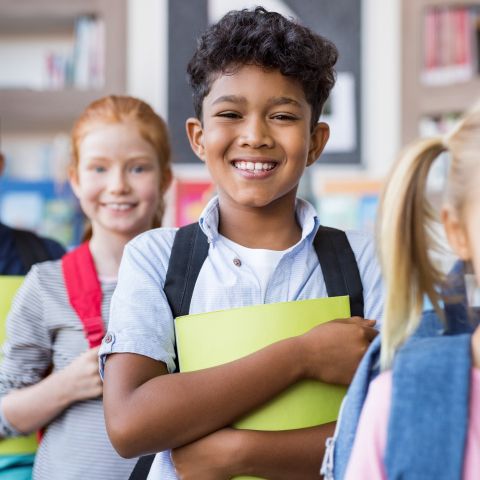 When she makes a new friend they help each other conquer their fears.
When she makes a new friend they help each other conquer their fears.
Amazon
The Magical Yet by Angela DiTerlizzi
Despite her frustrations, a young girl persists in learning to ride her bike. Use to discuss a growth mindset, determination, making mistakes and not giving up.
Amazon
Monsters Love School by Mike Austin
Despite her frustrations, a young girl persists in learning to ride her bike. Use to discuss a growth mindset, determination, making mistakes and not giving up.
Amazon
Marianthe's Story: Painted Words by Aliki
Marianthe doesn't understand any English after moving from Greece to America. As she struggles to communicate with her peers, her teacher suggests she paints her ideas.
Reinforce themes of immigration, storytelling, visualising, relationship skills and self-awareness.![]()
Amazon
Marshall Armstrong is New to Our School by David Mackintosh
Quirky Marshall Armstrong doesn’t fit in at his new school. But he soon shows the other students you don’t have to follow the crowd to be popular.
Promotes individuality, self-awareness, relationship skills and open-mindedness.
Amazon
My Name is Yoon by Helen Recorvits
After leaving South Korea, Yoon tries to settle into her new home in America. Her name means ‘Shining wisdom’ and she loves the way it looks written in Korean. She doesn’t like how it looks when written in English. She wonders if she should change her name to help her fit in.
Read to start discussions on immigration, identity, loneliness, and self-acceptance.
Amazon
My Teacher is a Monster! by Peter Brown
Robert’s teacher, Ms Kirby, is a monster. Or that is how he sees her in the classroom. When Robert meets Ms Kirby outside of the school, his opinion of her changes as he realises she is not who he thought she was.
Or that is how he sees her in the classroom. When Robert meets Ms Kirby outside of the school, his opinion of her changes as he realises she is not who he thought she was.
Promotes discussions on school life, perspectives, perceptions and making judgements.
Amazon
The Name Jar by Yangsook Choi
When Unhei moves from Korea to America, her classmates can’t pronounce her name. She wants to choose a new name that is easier to pronounce but decides she likes her name just the way it is.
Promotes themes of acceptance, identity, integrity, open-mindedness, principled and tolerance.
Amazon
Activities
Nana Akua Goes to School by Tricia Elam Walker
Zura hesitantly brings her Nana Akua to her school for Grandparents Day. With traditional Ghanian tribal markings on her face, Nana Akua looks very different from the other grandparents. She creatively explains to Zura and her classmates the meaning of her culture and why it makes her special.
With traditional Ghanian tribal markings on her face, Nana Akua looks very different from the other grandparents. She creatively explains to Zura and her classmates the meaning of her culture and why it makes her special.
Promotes themes of identity, open-mindedness, making connections, and belonging.
Amazon
Never, Not Ever! by Beatrice Alemagna
While the other animals make their way to school, Pascaline refuses. “Never, not ever!” She shrieks so loudly her parents shrink to the size of peanuts. Pascaline tucks them under her wing and takes them to school. What initially seems like a fun idea turns into a nuisance. She returns to school the next day alone.
This translated book promotes discussions on being independent and self-management.
Amazon
Over-Scheduled Andrew by Ashley Spires
Joining his school’s drama club inspires Andrew to join many other groups.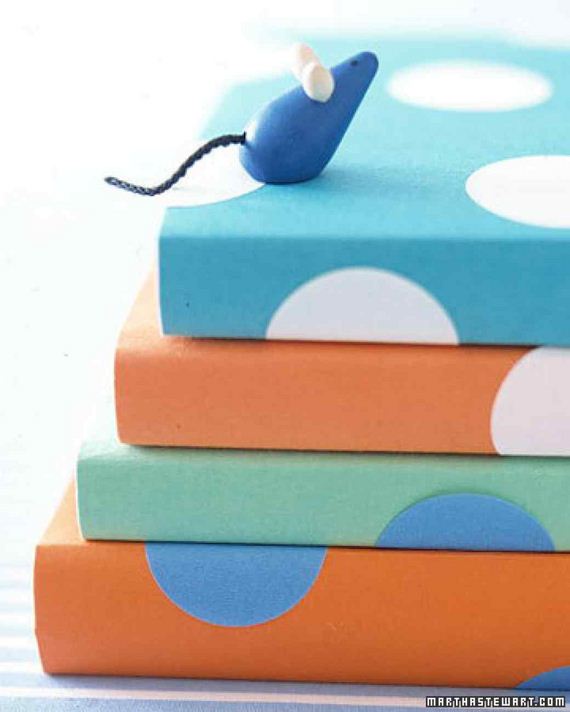 As a result, he has to figure out how to balance all the different aspects of his life.
As a result, he has to figure out how to balance all the different aspects of his life.
This book reinforces the themes of balance, time-management, self-management and organisation.
Amazon
The Proudest Blue: A Story of Hijab and Family by Ibtihaj Muhammad
On the first day of school, sisters, Asiya and Faizah walk hand in hand. Asiya is wearing a hijab for the first time, representing being strong. Faizah admires her sister's beautiful blue scarf but hears other children making fun of her. The sisters follow their mother's advice about being strong and true to themselves in the face of bullying.
Promotes themes of tolerance, self-esteem, making connections, and different points of view.
Amazon
Activities
Rulers of the Playground by Joseph Kuefler
Everyone follows Johan's rules of the playground, all except Lennox.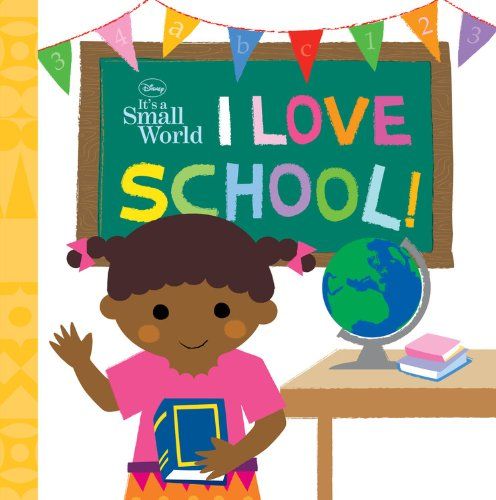 She wants to become the ruler of the playground. As playground politics and demanding behaviour increase, they lose all their friends. On reflection, they realise that they need to change their attitude, and they come up with a plan to apologise.
She wants to become the ruler of the playground. As playground politics and demanding behaviour increase, they lose all their friends. On reflection, they realise that they need to change their attitude, and they come up with a plan to apologise.
Amazon
School's First Day of School by Adam Rex
Frederick Douglass Elementary School feels nervous about opening its doors for the new term. The school finds out it is not the only feeling worried about the first day back at school.
Amazon
The Smallest Girl in the Smallest Grade by Justin Roberts
Observant Sally notices everything, particularly bullying in the playground. Despite being small, she makes a big difference by standing up to the bullies.
Read during back to school to discuss bullying, compassion, principled, respect, tolerance and character traits.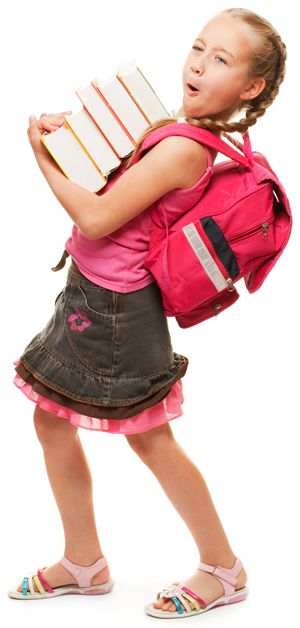
Amazon
Sumi's First Day of School Ever by Joung Un Kim
Sumi is overwhelmed on her first day of school because she doesn't speak English. A kind teacher helps Sumi discover that school may not be as lonely and scary as she first thought.
Amazon
Sunday Chutney by Aaron Blabey
Sunday Chutney is always the new girl at school, but she makes the best of the situation with her independent attitude and spirit. Promotes identity, individuality and open-mindedness.
Amazon
Those Shoes by Maribeth Boelts
Jeremy is mortified when his old shoes fall apart, and the school counsellor provides an unstylish replacement pair. He successfully searches a second-hand shop for a pair of ‘those shoes’, but they are too small. After some reflection, he passes the sneakers to a young child who Jeremy realises needs them more than him.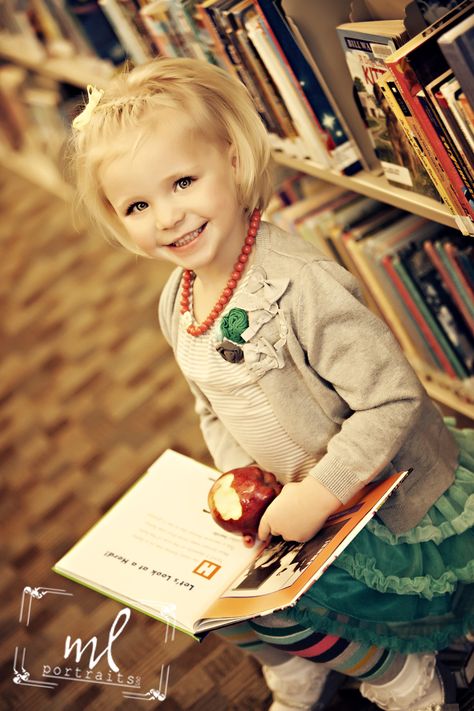
Read to promote discussions on peer pressure, compassion, empathy, generosity, kindness, sharing, and poverty.
Amazon
Activities
We Don't Eat Our Classmates by Ryan T. Higgins
Penelope Rex's first day of school doesn't quite go as planned when she eats her classmates. Unsurprisingly, the other children are scared of her. She finally learns a lesson that helps her understand how her classmates feel.
Promotes empathy, self-management and making friends.
Amazon
I Will Be Fierce by Bea Birdsong
A young girl determined to be fierce puts on her armour (a rainbow shirt). She stands up to dragons (dogs), climbs the Mountain of Knowledge (the library), walks with giants (older children) and, by the end of the day, builds new bridges (making friends).
Promotes courage, overcoming fears and confidence.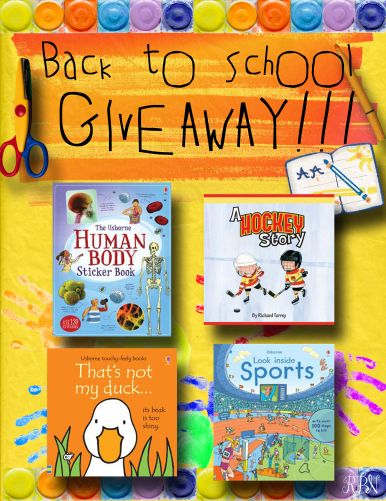
Amazon
Your Name Is a Song by J Thompkins-Bigelow
A young girl leaves school frustrated after a day of her classmates and teacher mispronouncing her name. On their walk home she tells her mother she doesn’t want to go back, who in turn tells her daughter “your name is a song.” She returns to school empowered and shares what she has learned.
Promotes themes of identity, respect, individuality, empowerment, love, confidence, and self-esteem.
Amazon
5 books to help you get back to school after the holidays
"High school is the dumbest, dumbest idea mankind could have," says Greg, the protagonist of Diary of a Wimpy Kid. Many teenagers think the same way now, who will go back to school after the holidays in a week. Before the start of the school year, Lisa Birger, a literary critic for a special project by Mela and Storytel, chose books in which school is a place where discoveries and even miracles happen.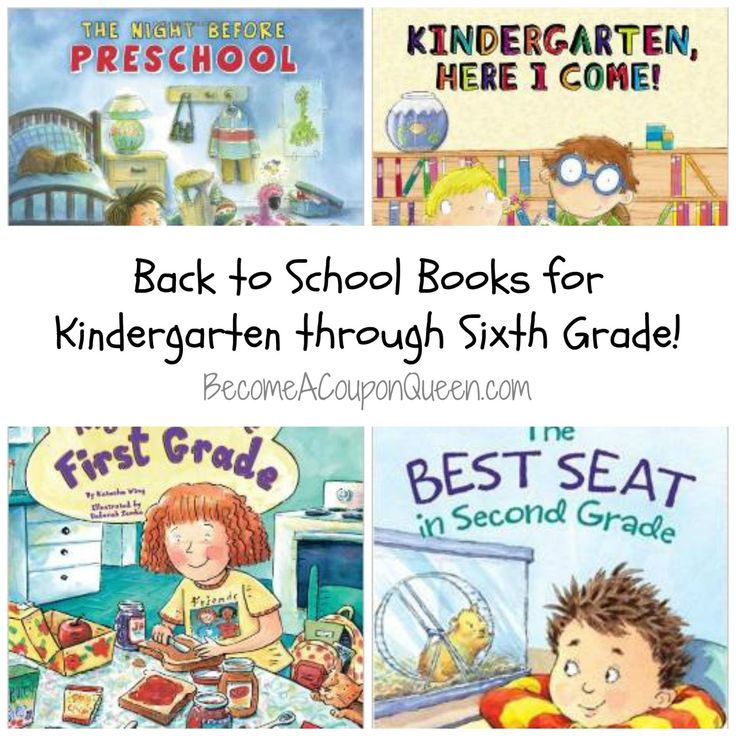
1. Alexander Khmelik "My friend, Kolka" (1959)
Comrade Rudenko, an ordinary driver at a factory, enters the school as a pioneer leader, and this compulsory duty eventually turns into the beginning of true friendship. Pioneer leader Lidia Mikhailovna runs the school: she arranges meetings on the topic “Take care of a minute”, singles out sycophants and sycophants, and cannot stand anything alive. And she certainly doesn't like the outcast team, the "Secret Society of Threes," which doesn't fit into the school system.
“My friend, Kolka” is the debut play by Alexander Khmelik, one of the creators of “Yeralash” in the future. It successfully fell into the hands of director Anatoly Efros, turned into a radio play and became a Soviet hit. And just two years later, at 1961st, the film based on this work will be one of the first signs of change. Then the idea that individuals are more important than the team seemed completely revolutionary. Actually, the rebellious spirit in the Efros radio play is still felt today, because the characters tell how to resist the school crowd and grow up to be real people.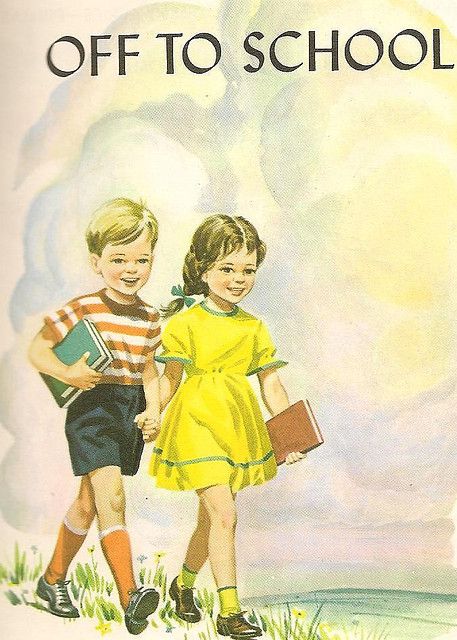
« Ivanova . There is nothing to protect him ... Dissolute boy! No one takes care of him at home... Fatherlessness... His mother is in the district council from morning to evening, and he is his own boss all day long. So he does whatever comes into his head. And at school they demand discipline from him. Of course, he doesn't like it... We've tried everything with him. And I had a heart-to-heart talk with him twice, and they wanted to make him a leader, they thought he would improve. Yes, what is there ... He is also not interested in studying ...
Sergey. Why is that?
Ivanova. Know why. People like him, how do they talk now? “What is there to study? Anyway, let's go to the factory. And the marks, they will remain in the journal, to be eaten by mice. ”
Listen to the audiobook
2. Nina Dashevskaya "Willy" (2014)
In Nina Dashevskaya's fairy tale, the main character, Sevka, is distracted from school all the time: either he dreams of giants, or - cards everything seems to happen outside the classroom. And all because he is lonely - he has no one to walk with and sit at the same desk.
And all because he is lonely - he has no one to walk with and sit at the same desk.
One day life gets better. The boy meets a very tall girl, Augustine Bloom, and receives Willy's talking bicycle as a gift. Here his life is filled with miracles: he sees the secret life of the forest inhabitants and goes to the city of lost things. And thanks to the magic bike, Sevka finally finds friends.
Nina Dashevskaya writes not about the school itself, but about magic, bicycles, music, friendship. In her books, the weak meet the weak, and together they become strength. And the school is exactly the space where such wonderful meetings are needed so that the routine turns into magic.
“I have never owned a bicycle. For some reason, everyone had it, but I didn't. Somehow I didn't even want to. I just didn't think I could have a bike. “You know, Sevka, let’s go with you to the sea,” said mom. That is, in fact, she said: - Eat carefully, do not crumble. But I'm not interested in hearing such boring things.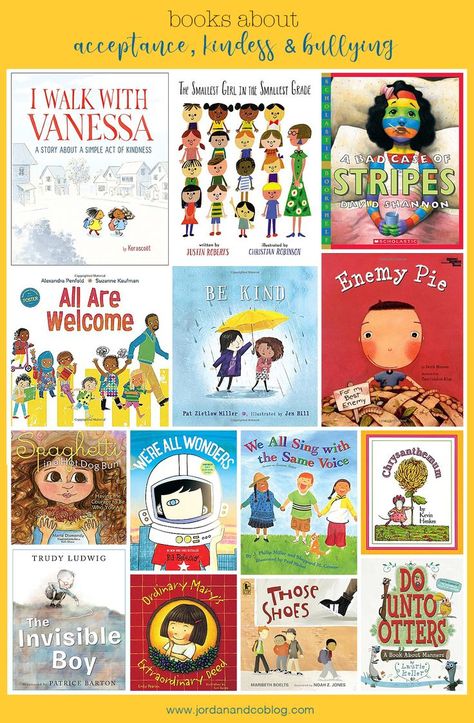 Therefore, I often hear something completely different from what they say to me. "Come on, you'll be late for school!" Mom said. - Okay, - I muttered, - on the sea, so on the sea. I don't mind at all. I don't understand at all how it's more likely. I don't just sit there!"
Therefore, I often hear something completely different from what they say to me. "Come on, you'll be late for school!" Mom said. - Okay, - I muttered, - on the sea, so on the sea. I don't mind at all. I don't understand at all how it's more likely. I don't just sit there!"
Listen to the audiobook
3. Jeff Kinney "Diary of a Wimpy Kid" (2007)
Diary of a Wimpy Kid's protagonist, Greg, hates school and describes his experiences every day with adult cynicism. This history of school suffering, drawn in several volumes, has been one of the most popular children's books in America for the last twenty years, and spawned a whole genre of such "diaries." But Kinney's book is unbeatable - it's incredibly funny! And it's not about the pictures at all: it's impossible to even listen to her without laughing.
This story is about the difficult life of teenagers. Every day is a small battle: for a place in the school hierarchy, the attention of girls, or a medal in sports competitions. And I just want to sit at home and play my console.
And I just want to sit at home and play my console.
“In general, I will say one thing: I am very glad that I am just a child. Because if I had to pretend to be delighted every time with the gifts that adults receive, I think I would just go crazy.
Listen to an audiobook
4. Marina Aromshtam “When Angels Rest” (2010)
Marina Aromshtam worked as a primary school teacher for 19 years before becoming a writer — both books on pedagogy and short stories and novels for children are published under her authorship. In 2008, When Angels Rest won the Dream Dream Award, and ten years later it remains one of the school's top books. There are two voices in the story: the girls Alina, primary school students, and Marsem, as everyone here calls the new teacher, Marina Semyonovna. Alina learns to separate good from evil, and Marina Semyonovna worries about whether she is raising the children's army correctly: with a portrait of Janusz Korczak on the wall and talking about angels who sometimes need help.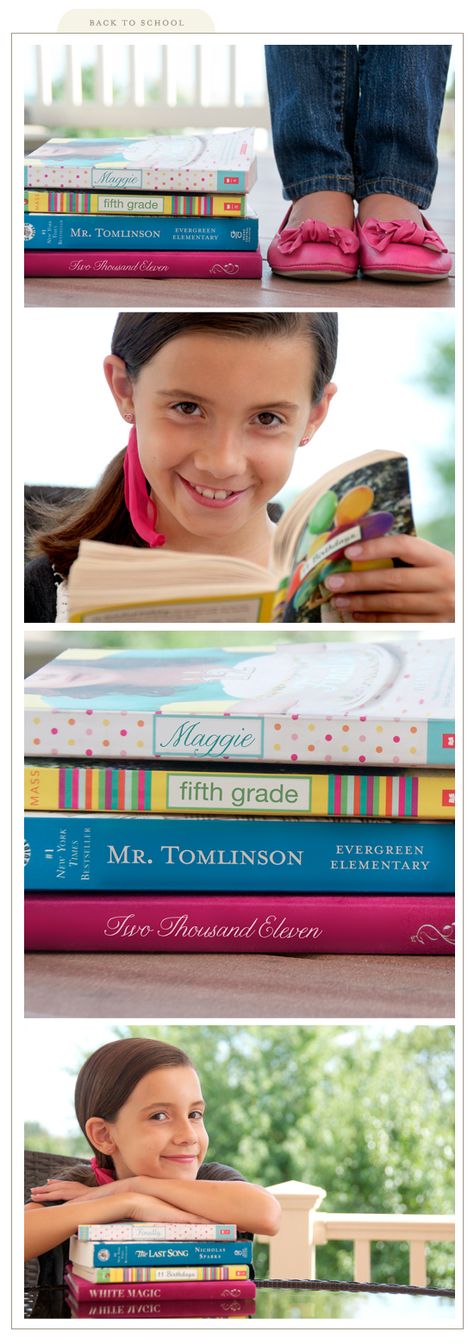 For Aromshtam, as well as for her heroine Marsem, the inner world of a child is the most valuable thing. That is why her books are so important for children who think that only knowledge is given at school.
For Aromshtam, as well as for her heroine Marsem, the inner world of a child is the most valuable thing. That is why her books are so important for children who think that only knowledge is given at school.
“Marsem talked about King Solomon for three days in a row. Two days are about his wisdom, and the third day is about a thousand wives and the Queen of Sheba. And Sana liked this third day the most. When we went for a walk, he called all the girls to play King Solomon - he said he would choose the most beautiful of us and get married. We agreed. All of us then (or almost all - including me and Natasha) were in love with Sanya. He was considered the most beautiful and always expressed his own opinion. Marsem considered her own opinion a special virtue. She always said: look! Sanya has her own opinion on this matter! How interesting! But if Sanya didn’t express any opinion, we would still fall in love with him. Vera said he looked like Richard Gere. And Richard Gere is very handsome.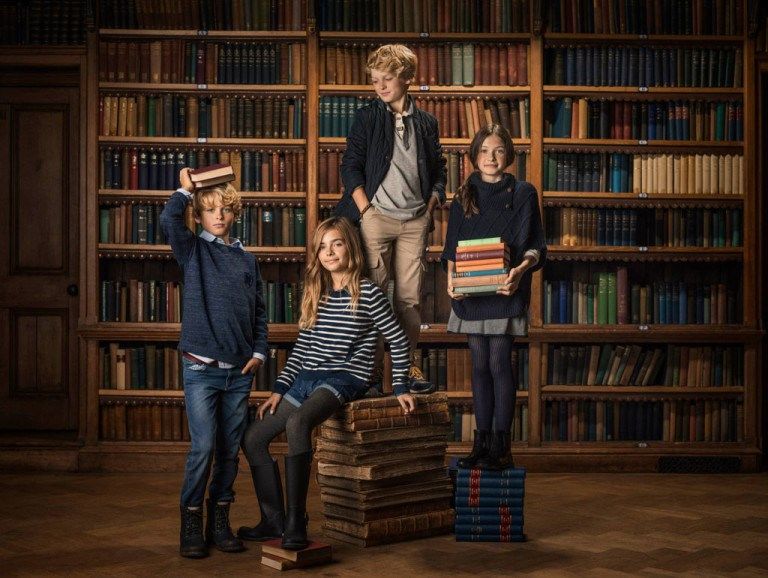 And in the cinema everyone falls in love with him. When Vera said so, all the girls quickly fell in love with Sanya. When you're in the third or fourth grade, it's better for everyone to fall in love with one person. (And then, after some time, into someone else.) It's much more interesting that way. After all, you should talk about it with someone - with someone who understands what, in fact, it is about. And then you can compete: who is more in love, who will take a place in the right pair first.
And in the cinema everyone falls in love with him. When Vera said so, all the girls quickly fell in love with Sanya. When you're in the third or fourth grade, it's better for everyone to fall in love with one person. (And then, after some time, into someone else.) It's much more interesting that way. After all, you should talk about it with someone - with someone who understands what, in fact, it is about. And then you can compete: who is more in love, who will take a place in the right pair first.
Listen to the audiobook
5. Victoria Lederman "There will be no lessons" (2017)
Victoria Lederman writes wonderful books about school - about those who love it or hate it, those for whom it is happiness or torment . The collection "There will be no lessons" included four such stories - for each year of elementary school. In one story, seven-year-old Margarita does not want to go to first grade. Another boy dreams of participating in a school family game, but his mother is always busy.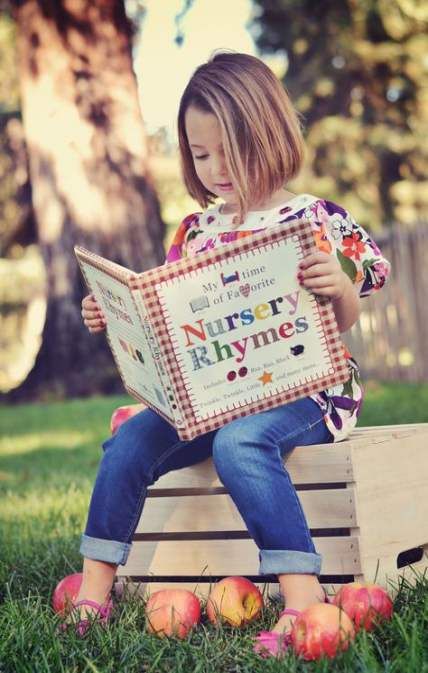 In the next third grader, instead of a good teacher, an evil one comes to replace it. And in the last one, a girl who is bullied by her classmates gets a chance to take revenge on her offenders. All these are stories about grievances and difficulties that every child has. And only adults help them cope with these difficulties.
In the next third grader, instead of a good teacher, an evil one comes to replace it. And in the last one, a girl who is bullied by her classmates gets a chance to take revenge on her offenders. All these are stories about grievances and difficulties that every child has. And only adults help them cope with these difficulties.
“Margarita muttered something under her breath. She was in a terrible mood. That nasty uncle Pirate again tried to feed her the wrong breakfast, this time with boiled eggs. And now she was hungry, angry and missed her mother very much. And how can you sit at school and listen to the teacher if you are in a bad mood and miss your mother?
Margarita again survived only two lessons - before the canteen. And then she went home. I didn’t run around the streets any more - what good, and the truth will be taken away by the police. ”
Listen to an audiobook
How do I get back into a routine after the holidays? 9 tips that will definitely help
What is important to do before September? Not only buy uniforms and notebooks, but also talk with your child about what he expects from the new school year. There are only three weeks left: psychologist Anna Skavitina believes that now is the time to start preparing for school in a calm mode.
There are only three weeks left: psychologist Anna Skavitina believes that now is the time to start preparing for school in a calm mode.
Anna Skavitina, psychologist, analyst, member of the IAAP (International Association of Analytical Psychology), supervisor of the ROAP and the Jung Institute (Zurich), expert of the Psychology journal
Yesterday I saw how the leader birds began to prepare their flocks for a long flight for wintering in warm countries and circle in the sky, making turns. For me, this is an annual sign: it's time to collect the children for school. Yes, from the end of July-beginning of August, it's time to gradually prepare for a return to a clear work and school schedule. It seems that there is still a lot of time until September 1, almost half of the summer and everything will be in time, but adaptation is not a quick thing. It lasts not a day or two, but a month and a half. Transitional periods are not easy even for adults, and even more so for children.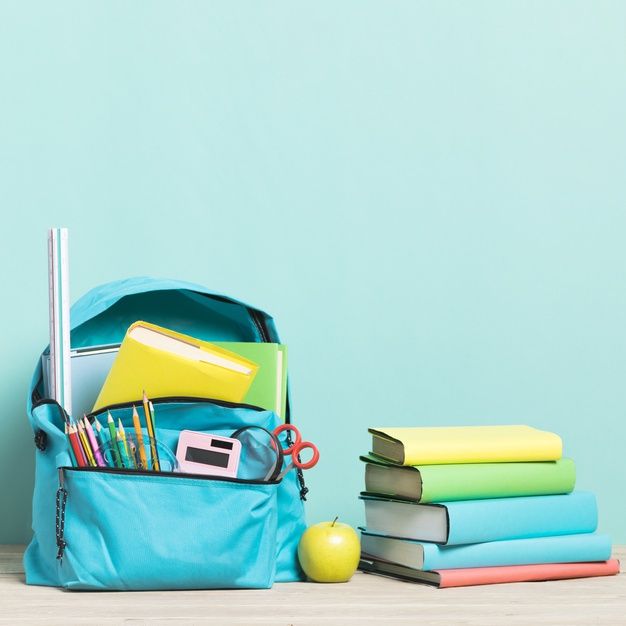
I know many parents who bring their children back from vacation on the last day of summer to "get the most out of their vacation." To be honest, I did it a couple of times too. Bottom line: the child needs at least 5-6 weeks to build up and get used to the schedule, they still need to remember how to write and what math is, and then the first quarter ended with not very good results. The child has a feeling of failure, unwillingness to go to a terrible school, and then attempts to "take up mind" in the second quarter with varying degrees of success. Therefore, it is better to start adaptation in advance.
Adjust your sleep schedule
Two to three weeks in advance, start shifting your sleep schedule to school hours: go to bed and wake up earlier. You should not make sudden changes, it is better to shift by 15 minutes every day. The most radical parents go on vacation with their children to countries where the time is shifted by 2-3 hours so that the return to the regime goes naturally.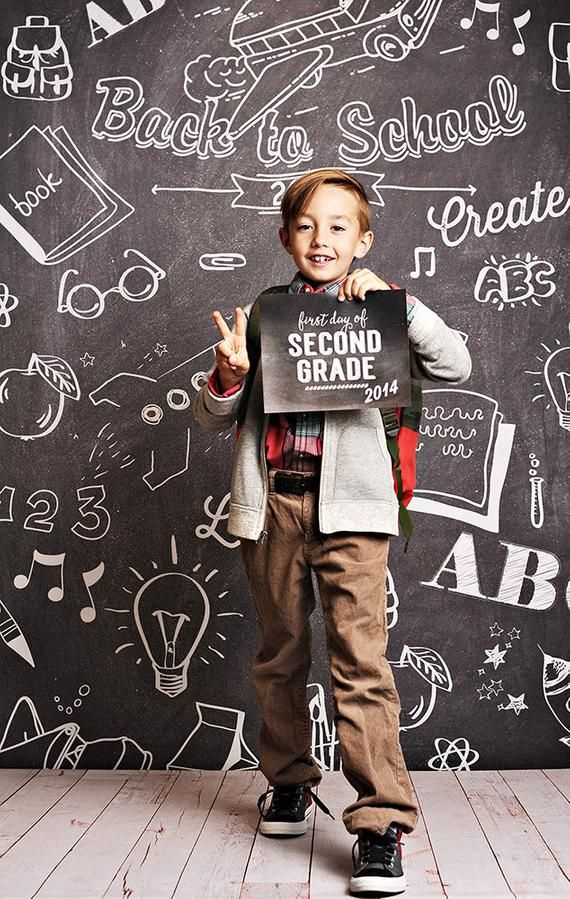 I don't know how "natural", but it really works. If you are not ready for such measures, then you can plan various family outings and activities for the morning, give special morning tasks and responsibilities.
I don't know how "natural", but it really works. If you are not ready for such measures, then you can plan various family outings and activities for the morning, give special morning tasks and responsibilities.
Think about the assignments for the summer
It would be good to remember that something was asked for the summer and, probably, even given a list of references. There is still time to read books and do what the teacher asked. Even if the school did not give special notebooks or worksheets with tasks for the summer, you can easily find them on the Internet or the nearest store and start doing an hour a day. This is especially true for children who do not study very easily. We sometimes play ahead of the curve with them: we not only repeat what we have covered, but also go through 2-3 (no more!) new topics from the textbook: "Let's see what you will go through, oh, interesting!" Our task is to make sure that the child comes to school prepared and immediately feels competent and successful.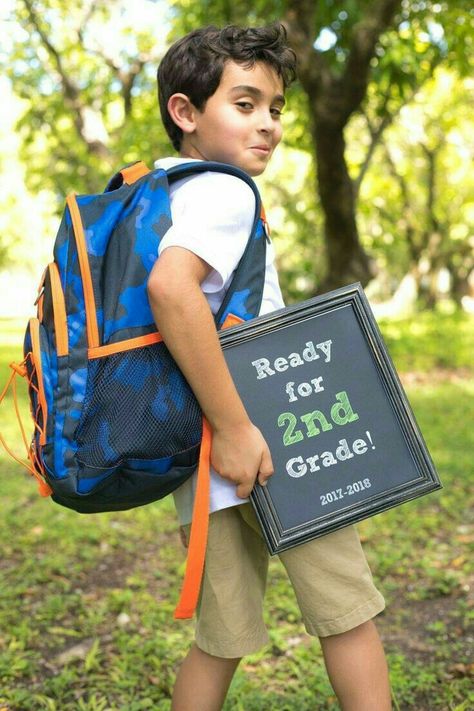
Get ready for the new school year, but don't get carried away
Do not make your child sit over textbooks during the summer hours against his will, even if you think he needs to catch up with the program. Then the school will cause hatred even before the child comes to it in September.
Support a child
The beginning of the school year is associated with changes and separations. New classmates, new teachers, schedule, parting with friends at the dacha or summer camp. Young children often need parental support, especially if the child is shy or withdrawn. Try to find out at least some of the changes that are coming to the child in order to prepare him for them in advance.
Talk heart to heart
Children look forward to the start of the school year with different, often conflicting feelings. Some people look forward to school with dread of getting up early, homework, or because of relationships with classmates. Someone - with impatience before meeting with friends and beloved teachers.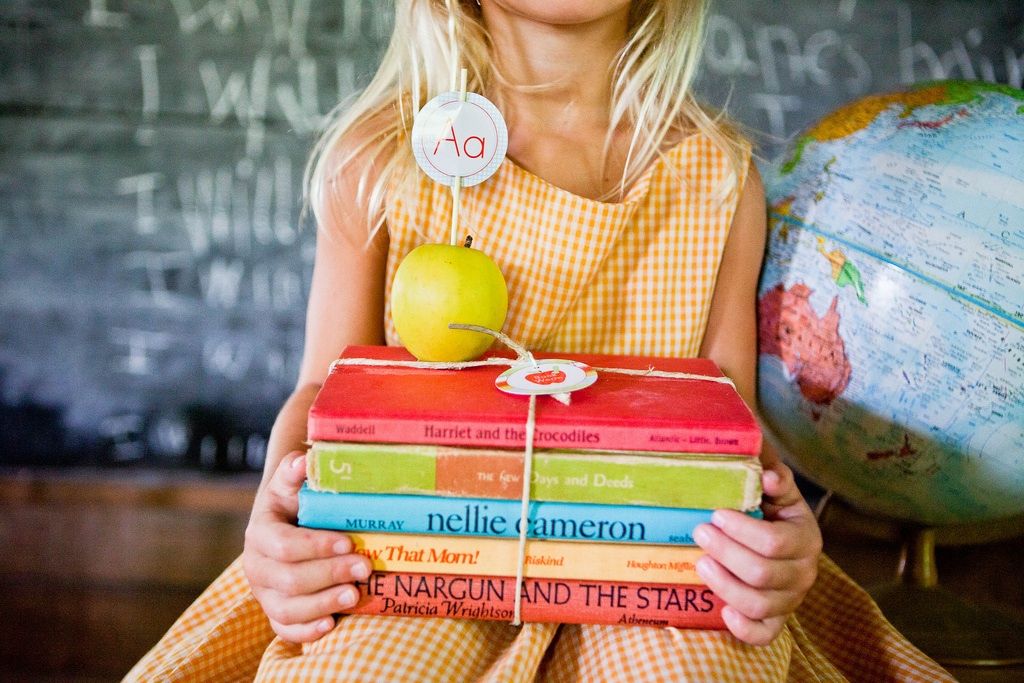 Talk to your child and find out what he expects from the beginning of the school year, what he fears, what pleases him. Perhaps there are problems that can be solved in the summer, or at least find ways to solve them. Sometimes in the summer the child is ready to talk about what he could not tell during the year. As a result of such conversations, it happens that parents change schools, look for tutors or summer courses for the child, send him to a psychologist.
Talk to your child and find out what he expects from the beginning of the school year, what he fears, what pleases him. Perhaps there are problems that can be solved in the summer, or at least find ways to solve them. Sometimes in the summer the child is ready to talk about what he could not tell during the year. As a result of such conversations, it happens that parents change schools, look for tutors or summer courses for the child, send him to a psychologist.
Get a medical examination
Before school, it would be good to visit the main doctors to make sure that the child is in good health, and that holes in the teeth or that nothing can be seen from the blackboard will not interfere with studies. At the same time, you can begin to deal with the problems of schooling: with dyslexia, dysgraphia, school neuroses. In August, many specialists come out of vacation and it is easier to get to them.
Schedule
August is the time to schedule. Discuss the circles and sections that the child would like to attend this year, what he would like to do outside of school.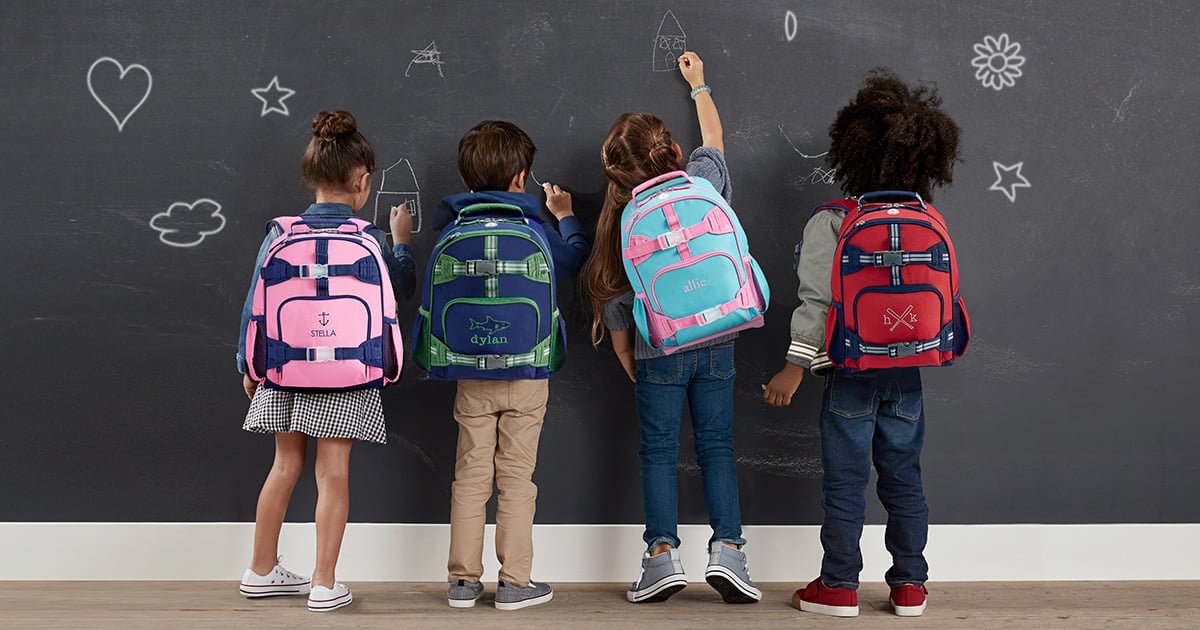 Try to make a tentative schedule with your child, even if you don't know exactly when and where classes will take place.
Try to make a tentative schedule with your child, even if you don't know exactly when and where classes will take place.
Go shopping
Organize joint preparation for school: buy school uniforms and stationery together. Let the child express himself and choose what he likes. You can make a list of necessary purchases and allocate a certain amount of money to the child so that he can practice keeping within the budget, and at the same time remember math. New rulers and pencils will add joyful expectations from the upcoming school year.
Say goodbye to summer
You can organize a special ritual of "farewell to summer". For many children, transition rituals are important, showing the reality of change. It can be a family picnic, because summer is needed, among other things, in order to communicate more with the family. Or a meeting with classmates - familiar faces and established relationships will make you feel calmer in September. Maybe it will be a meeting with friends at a summer camp, where children often become very close friends.